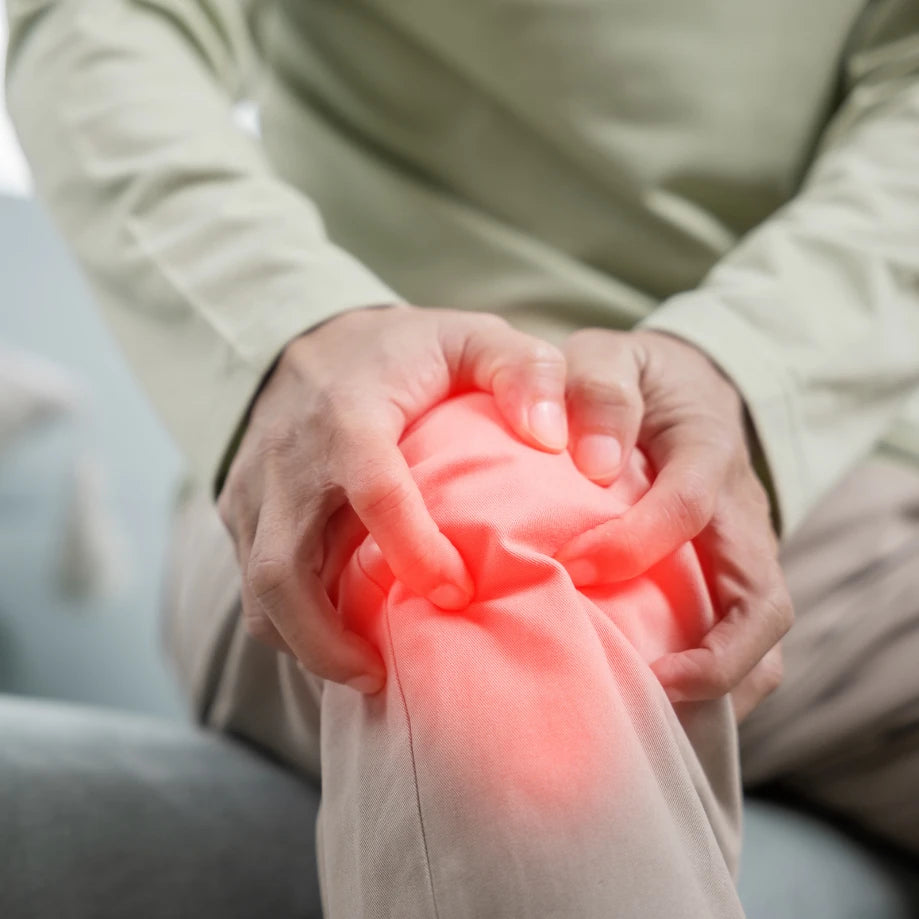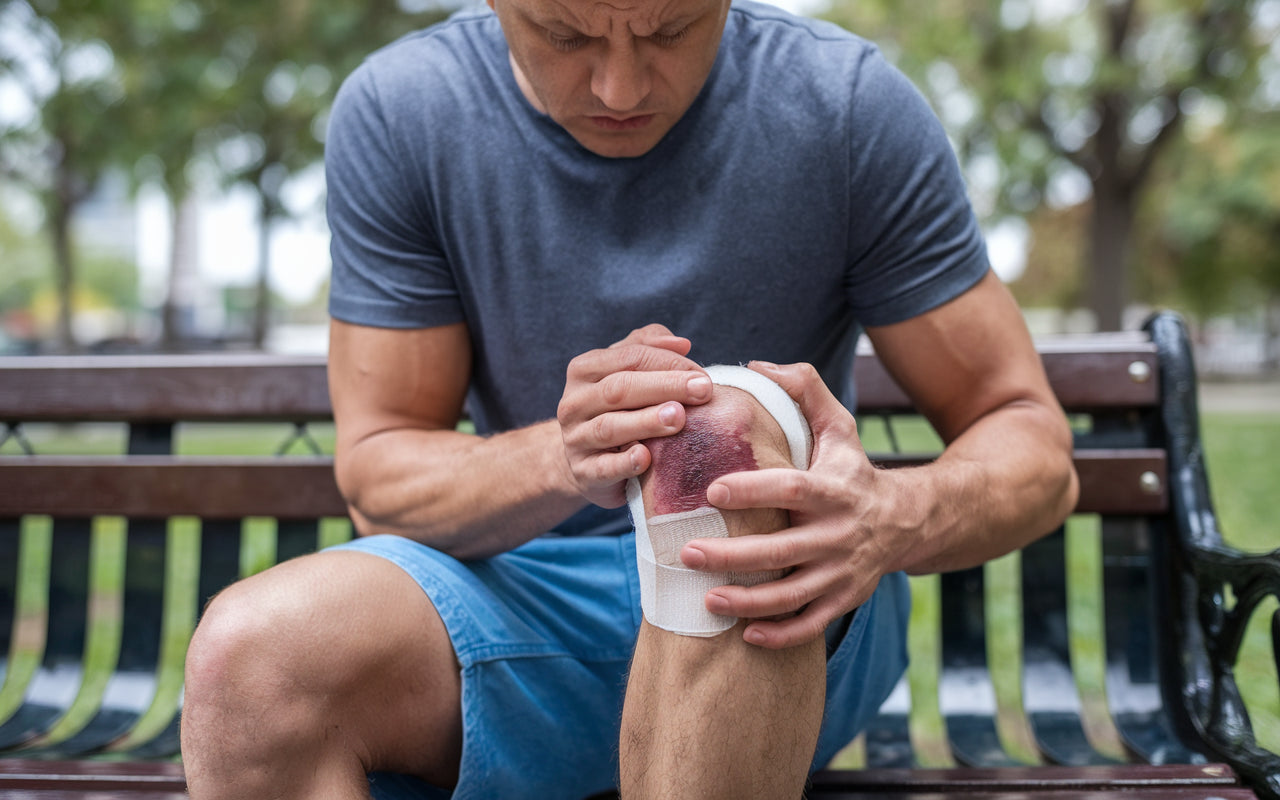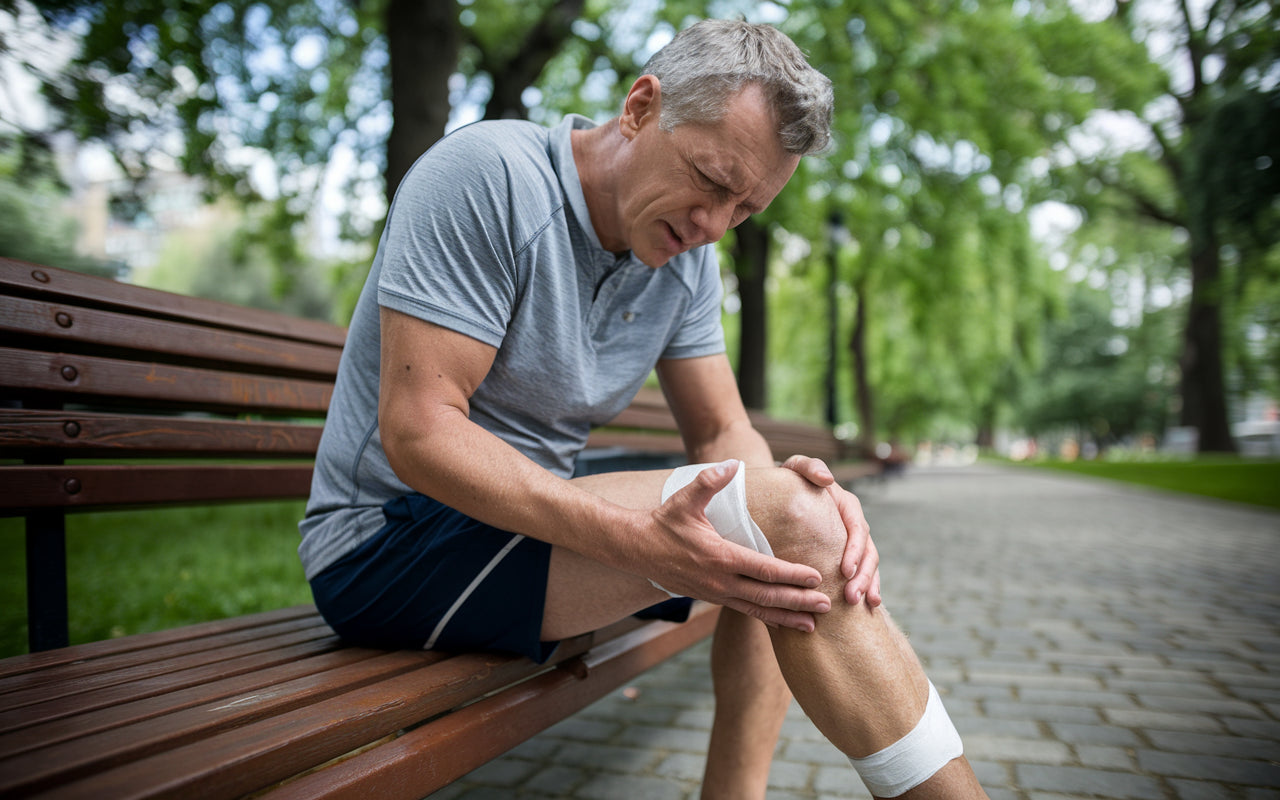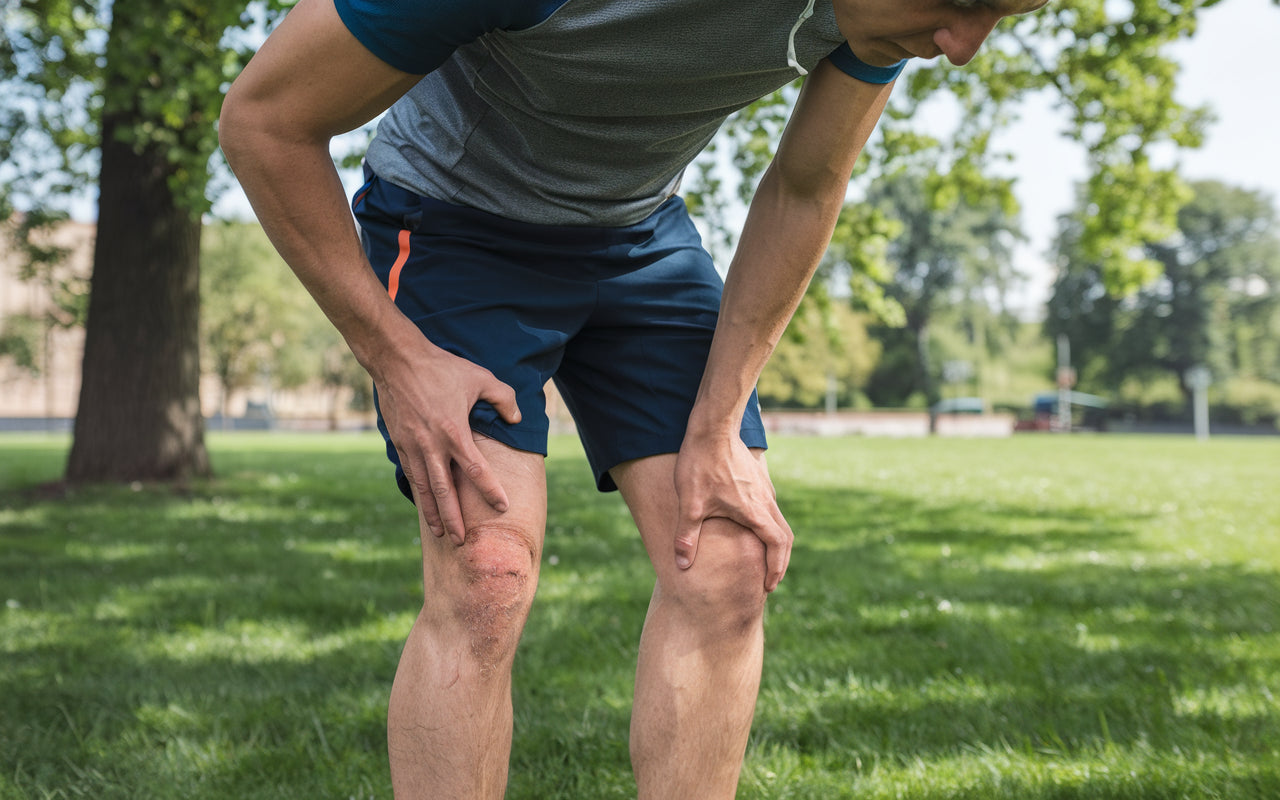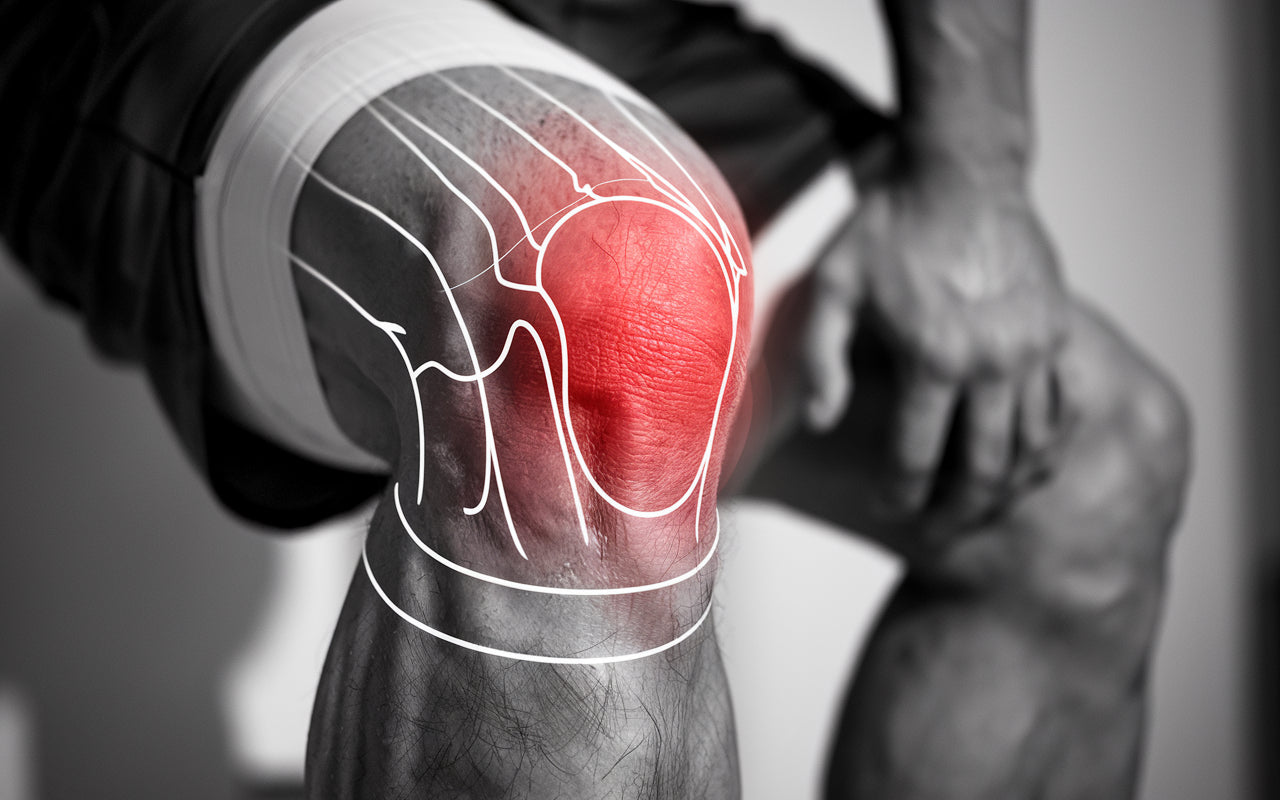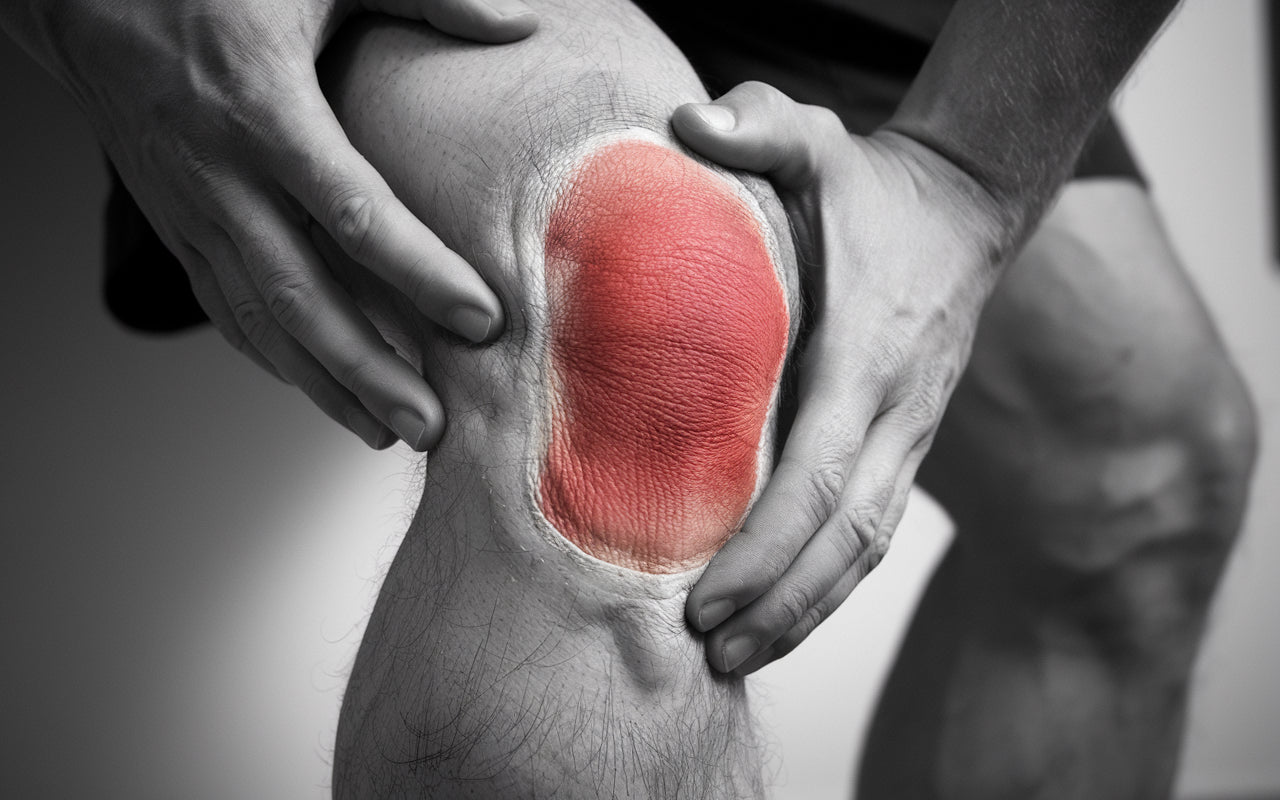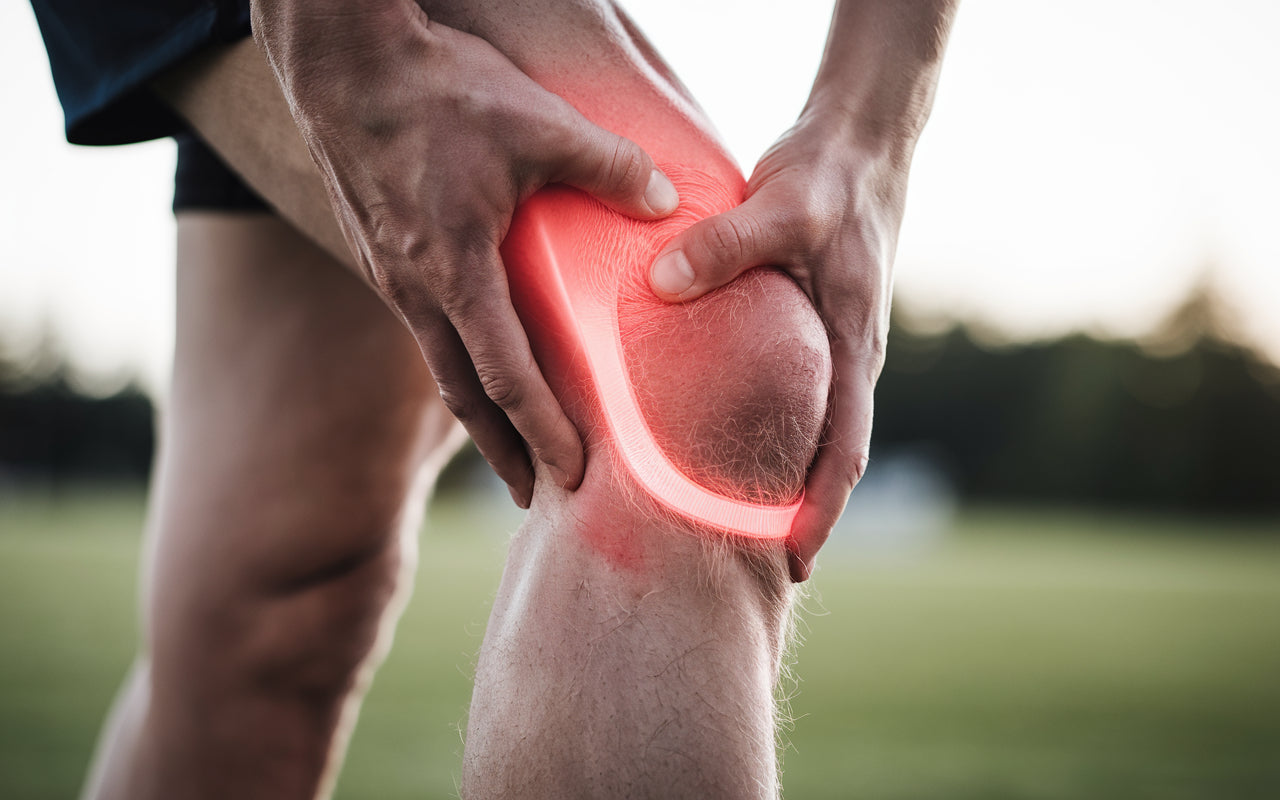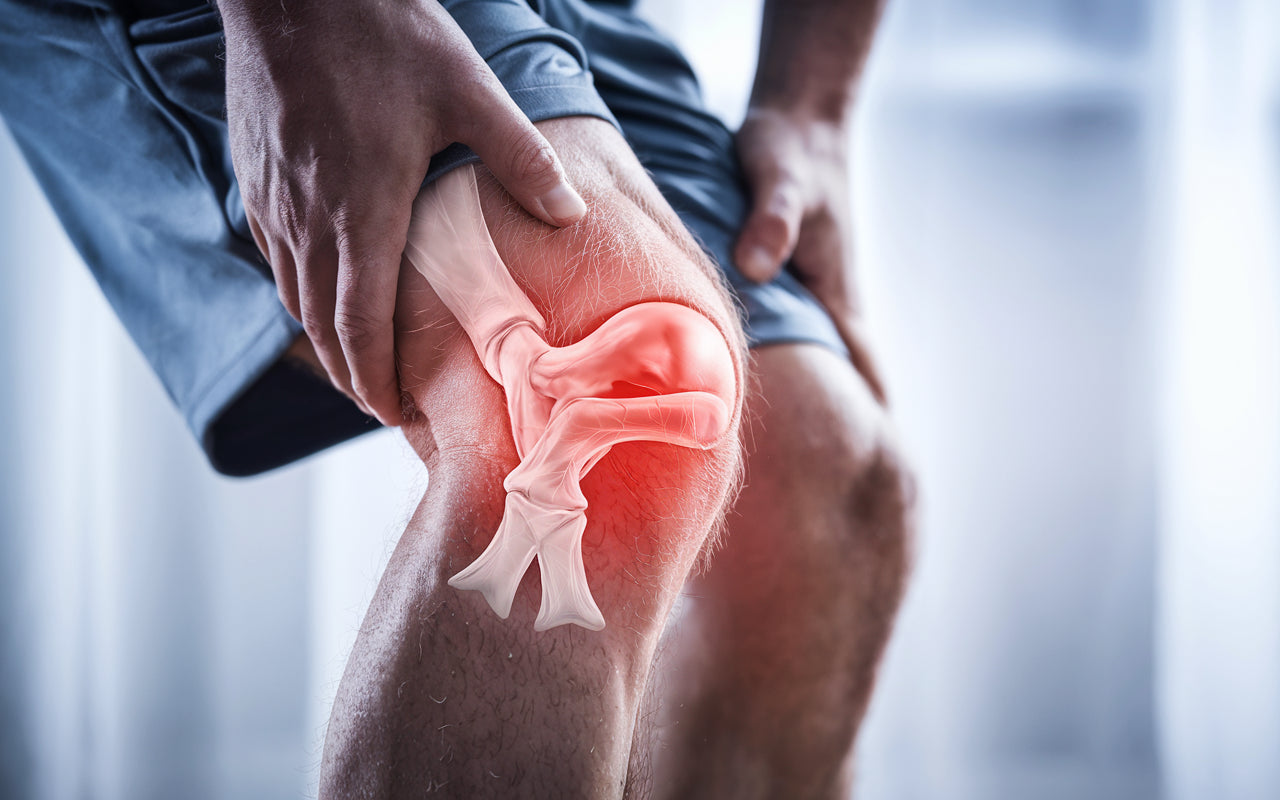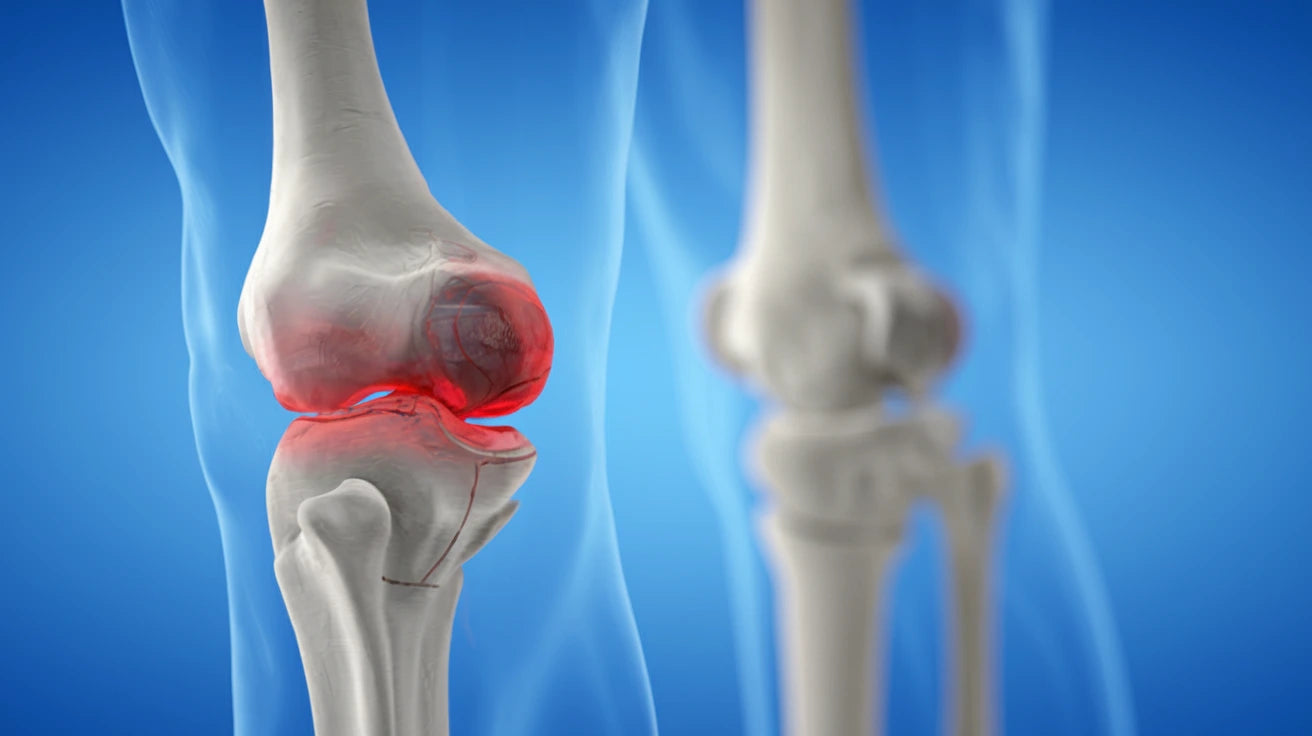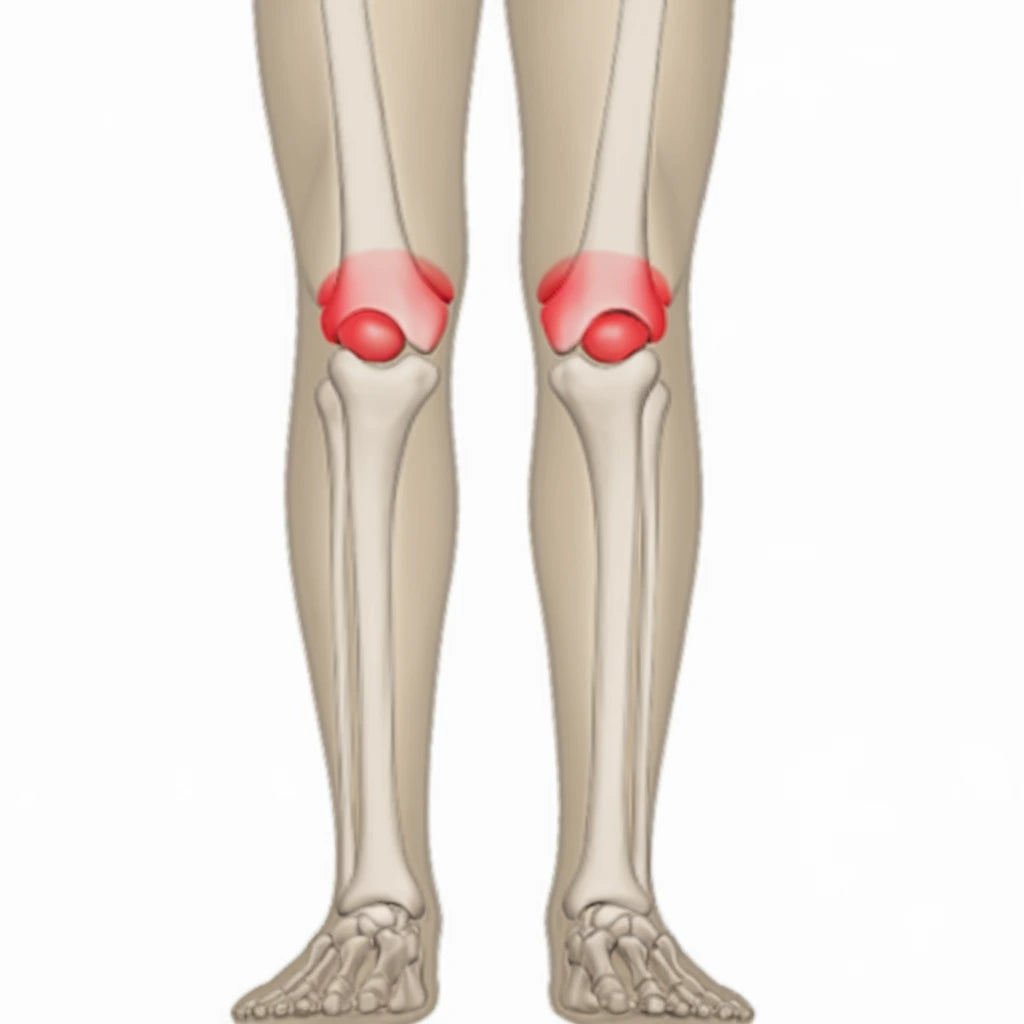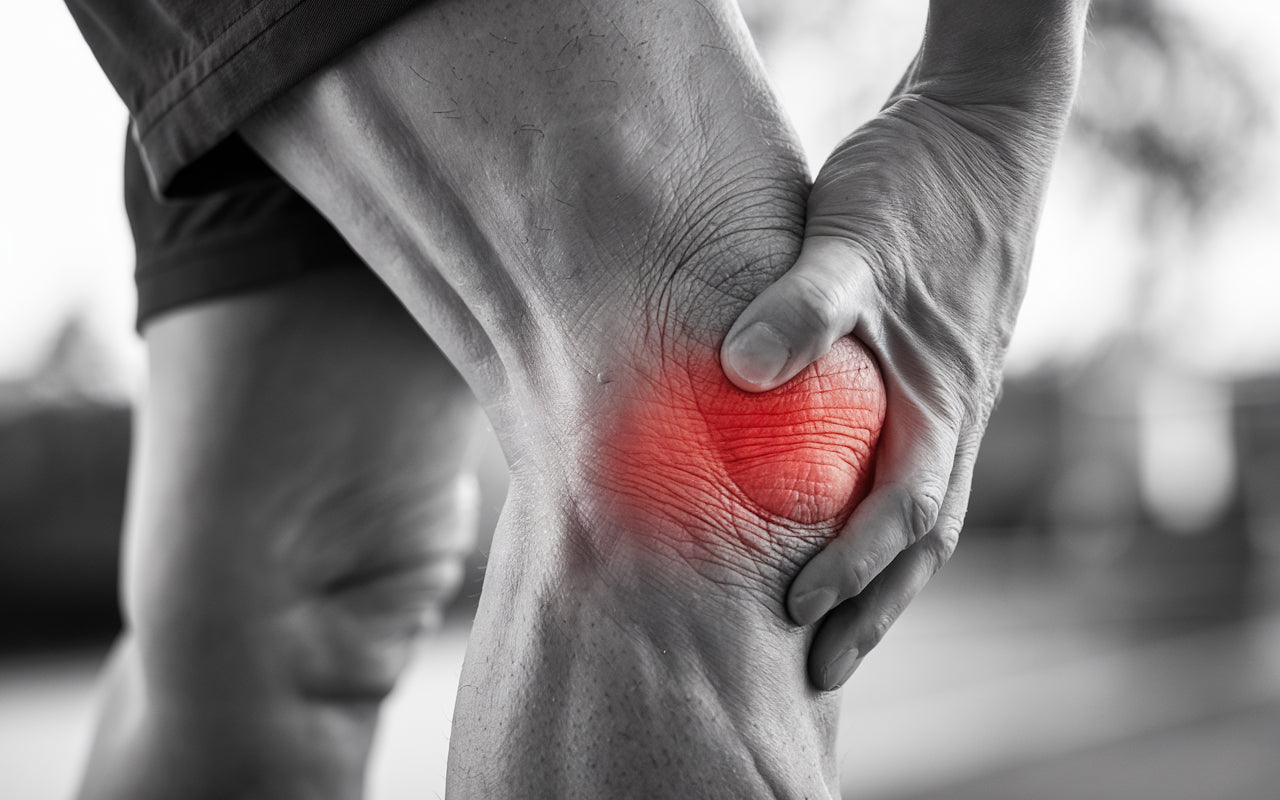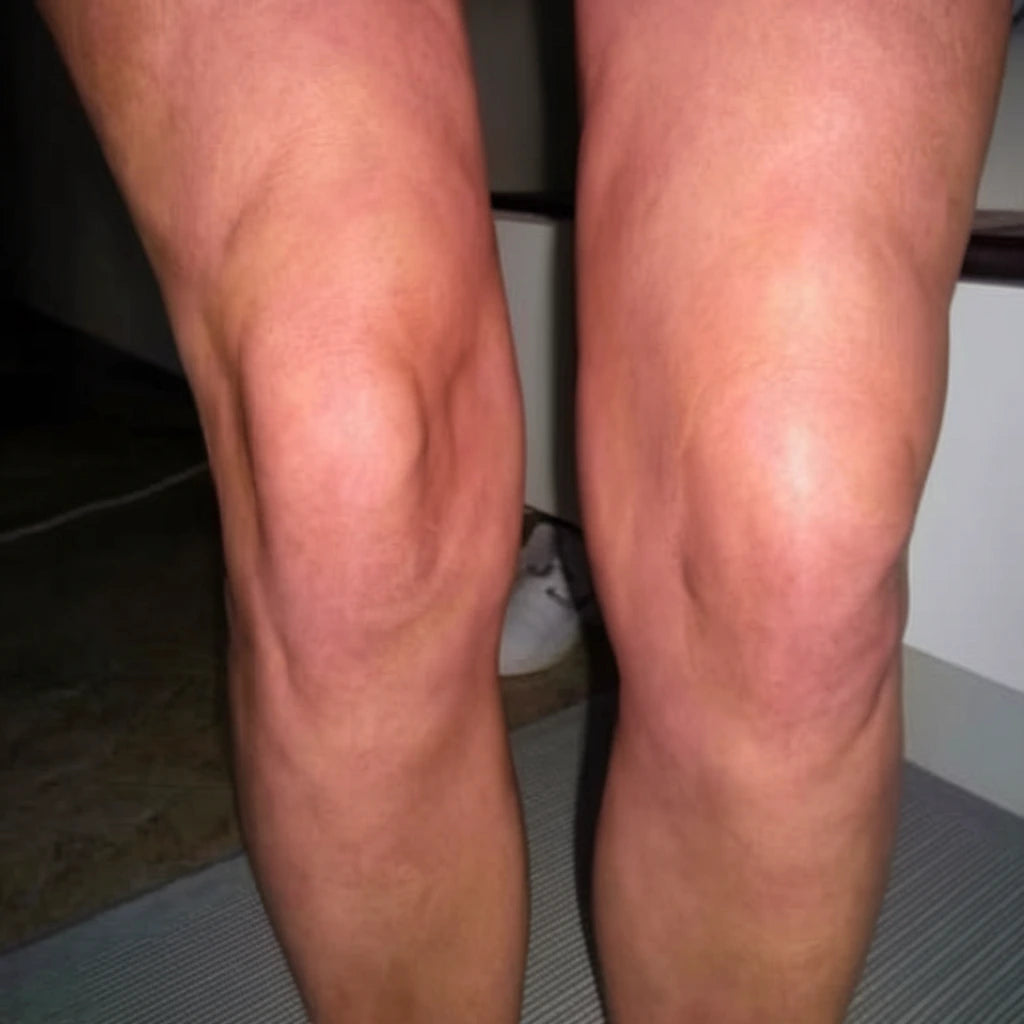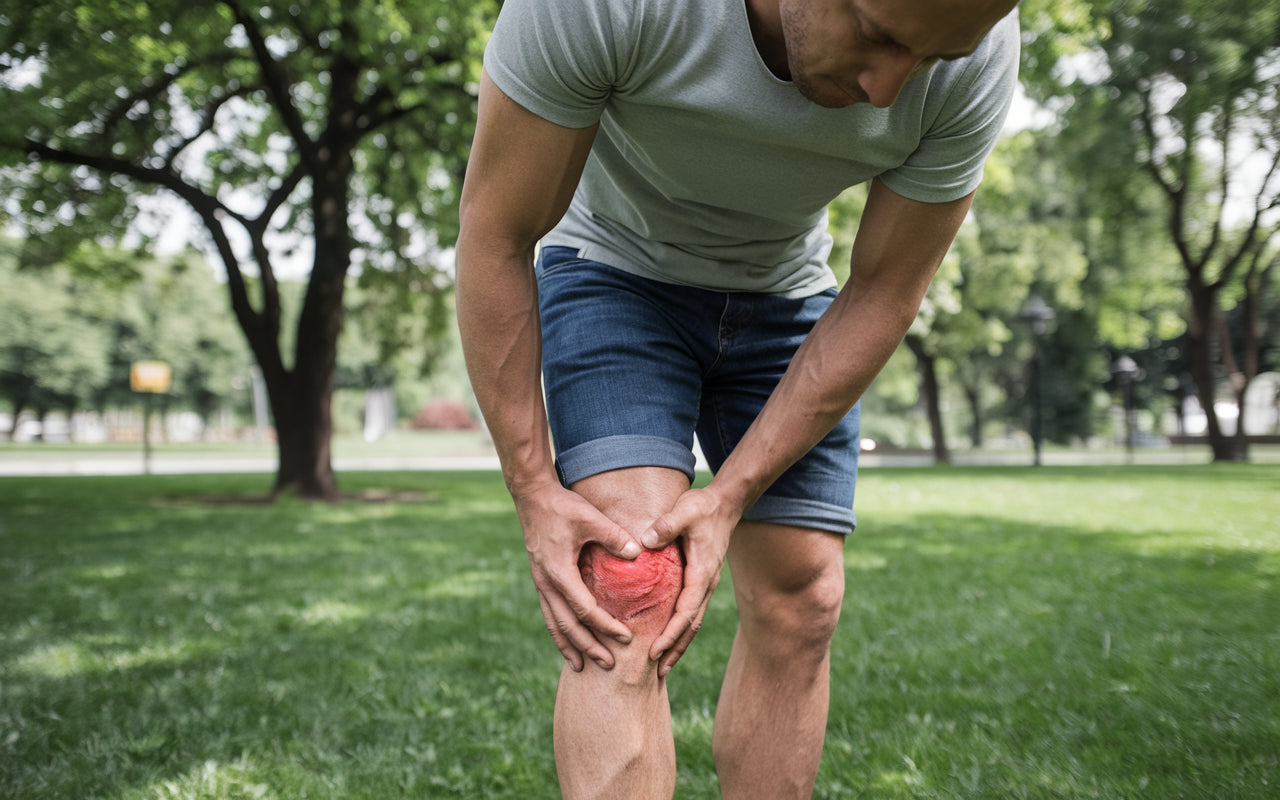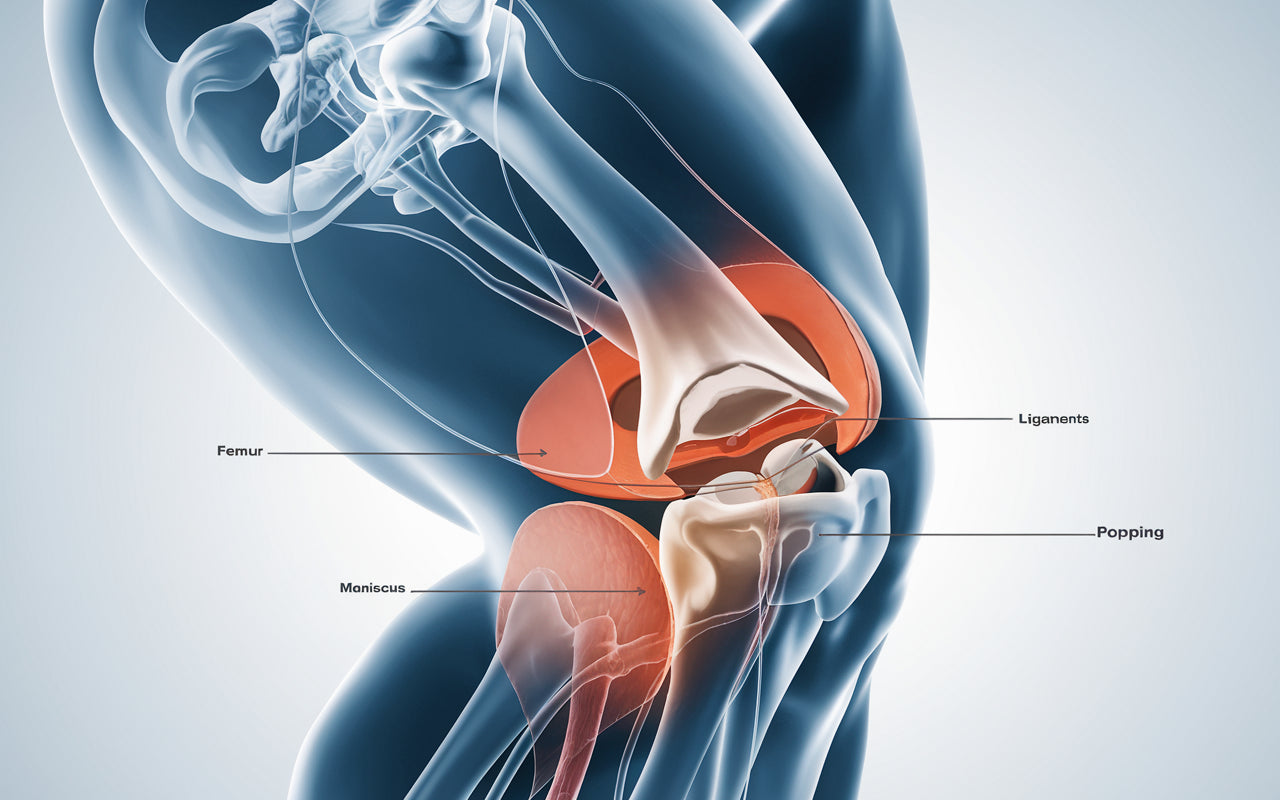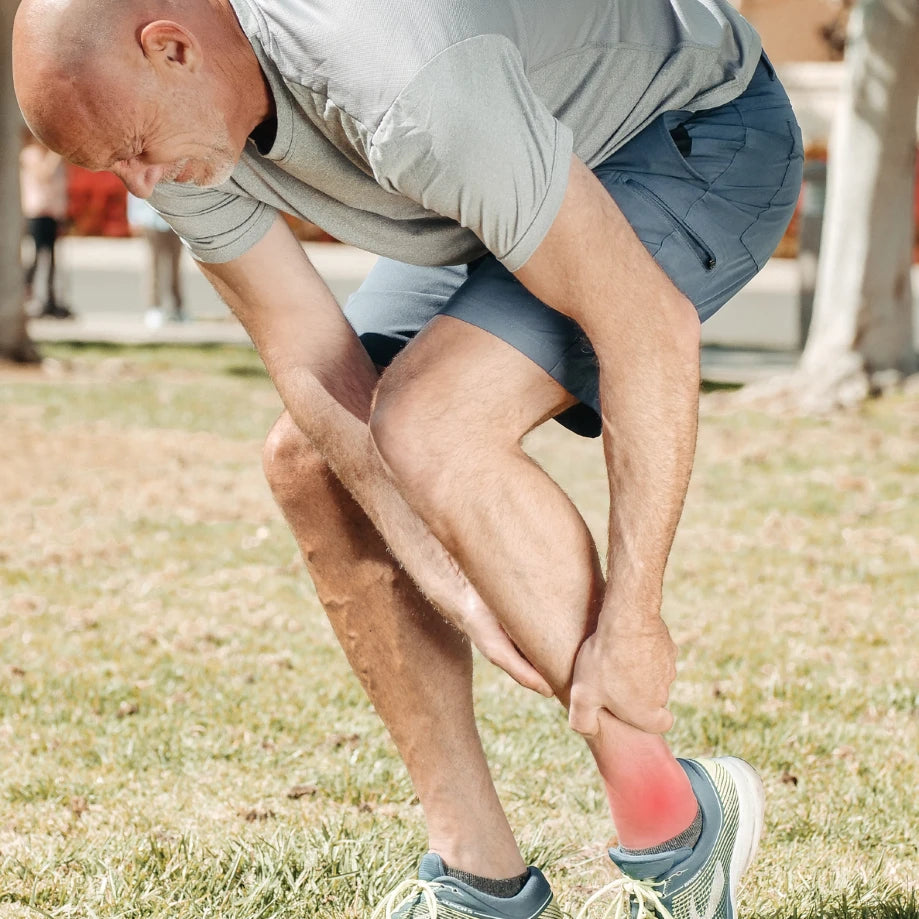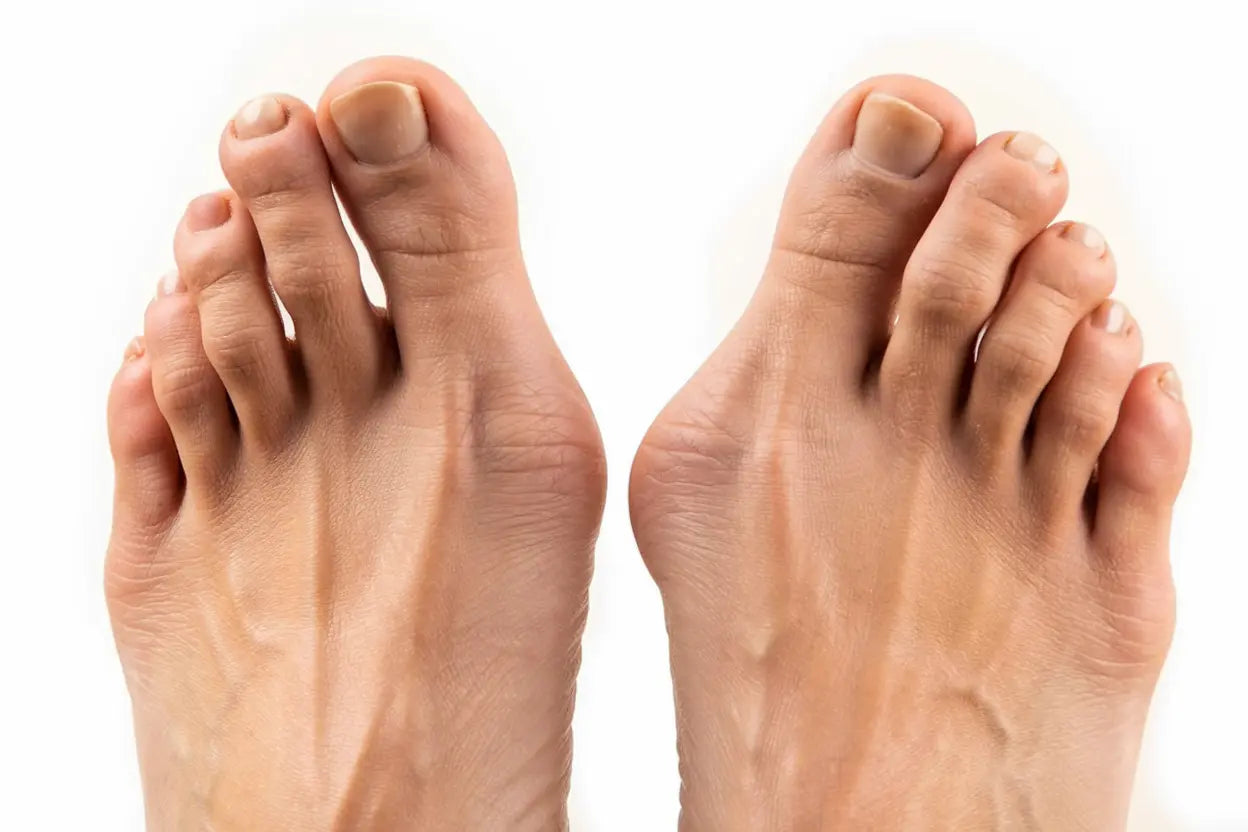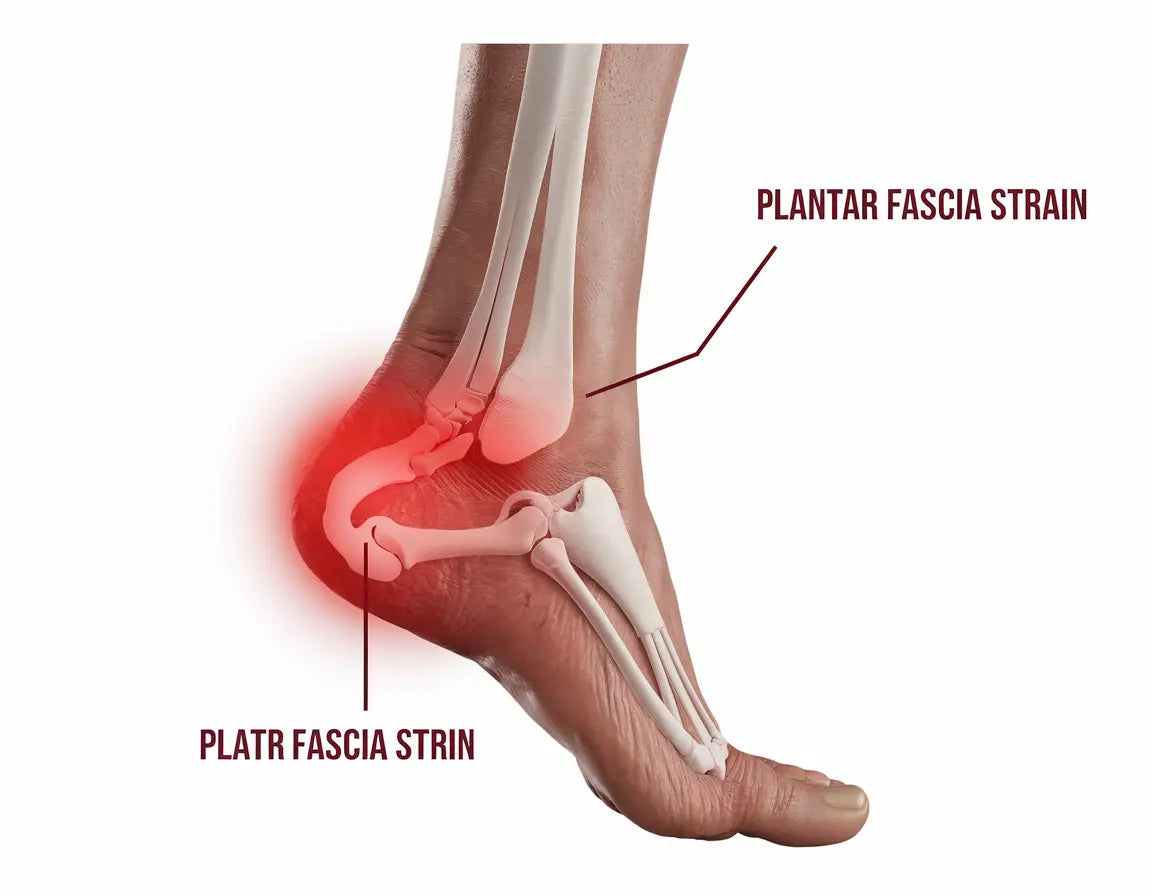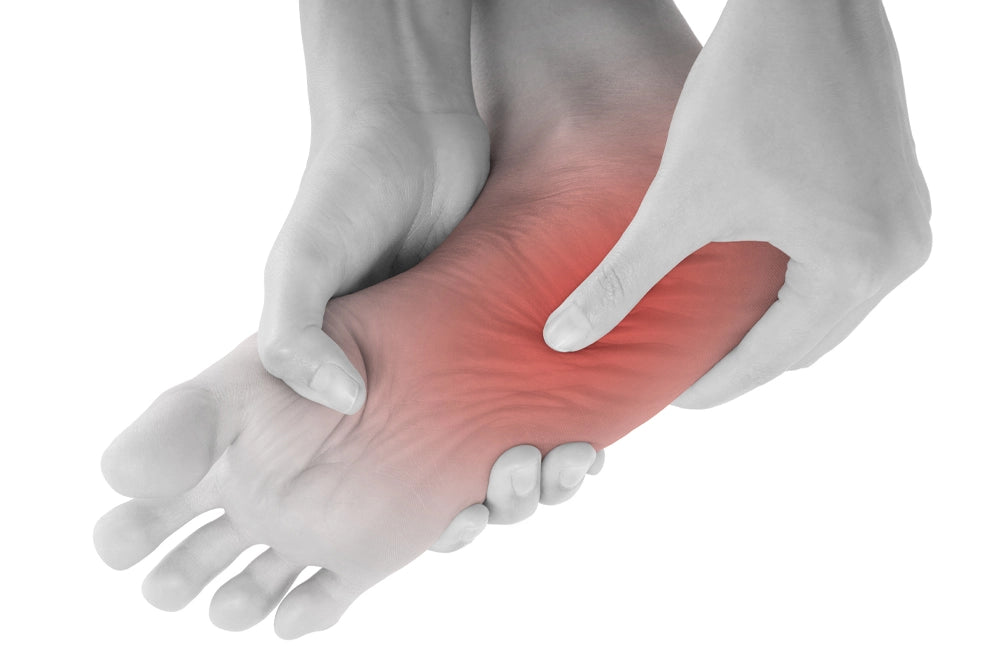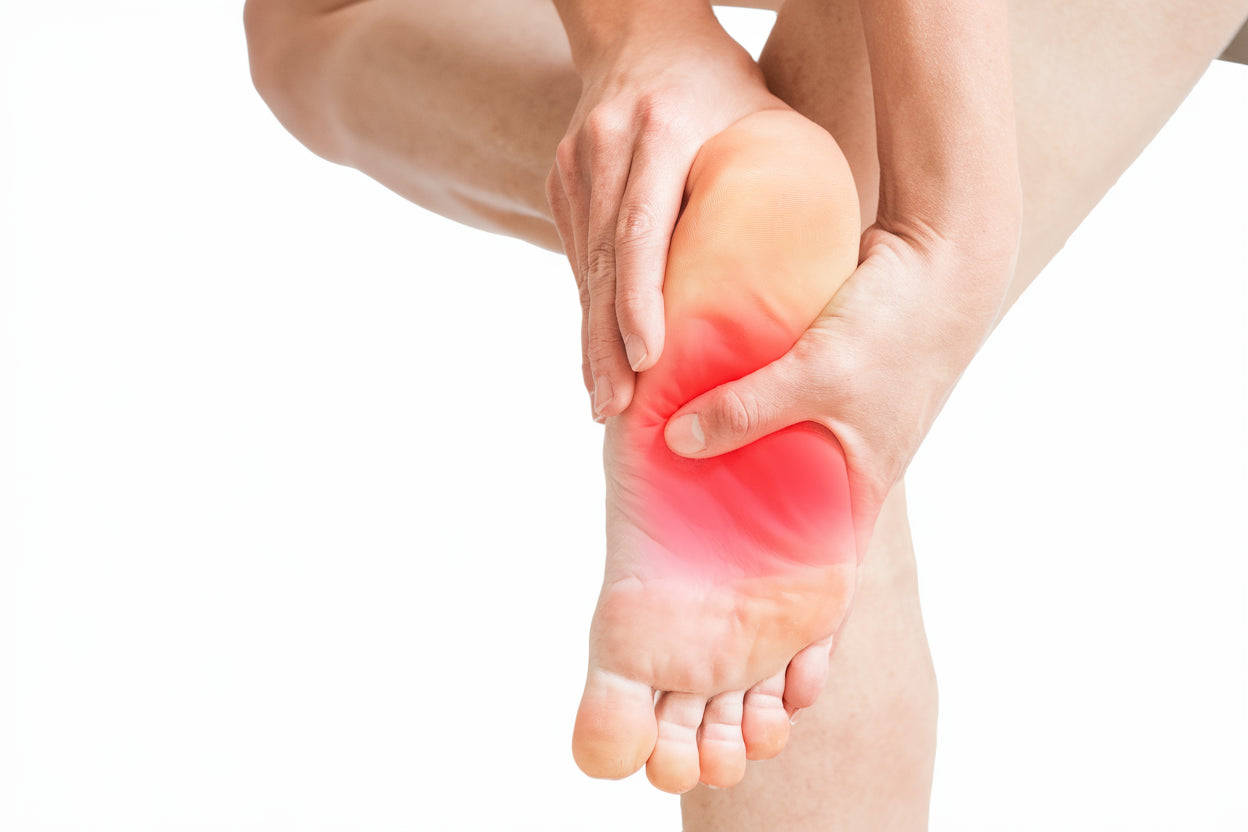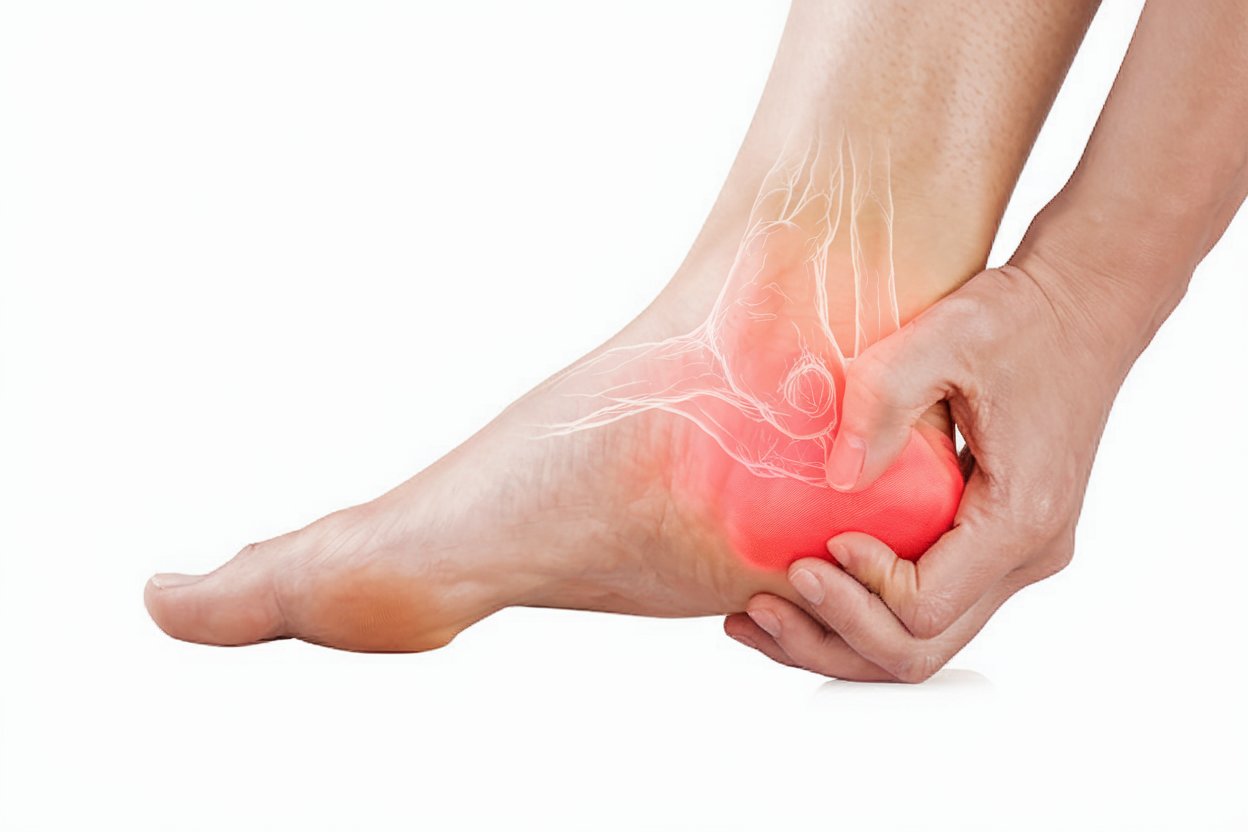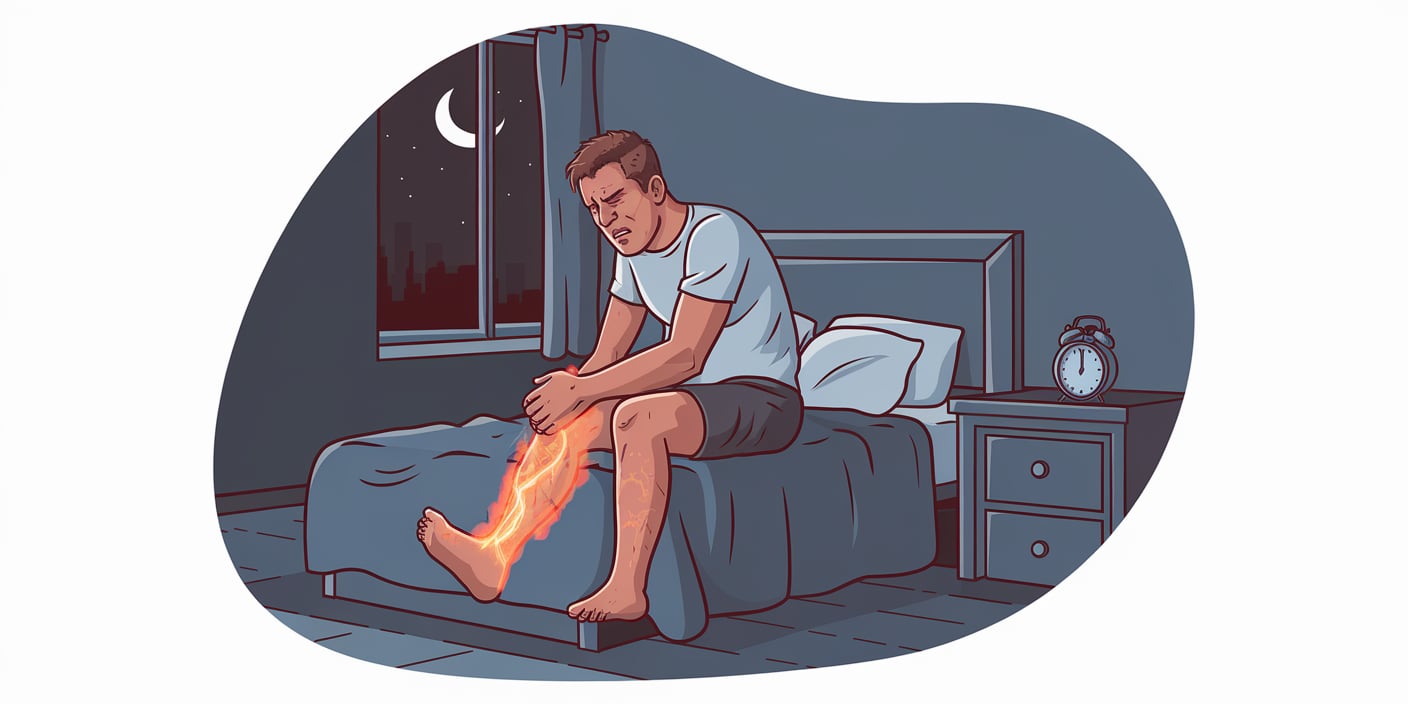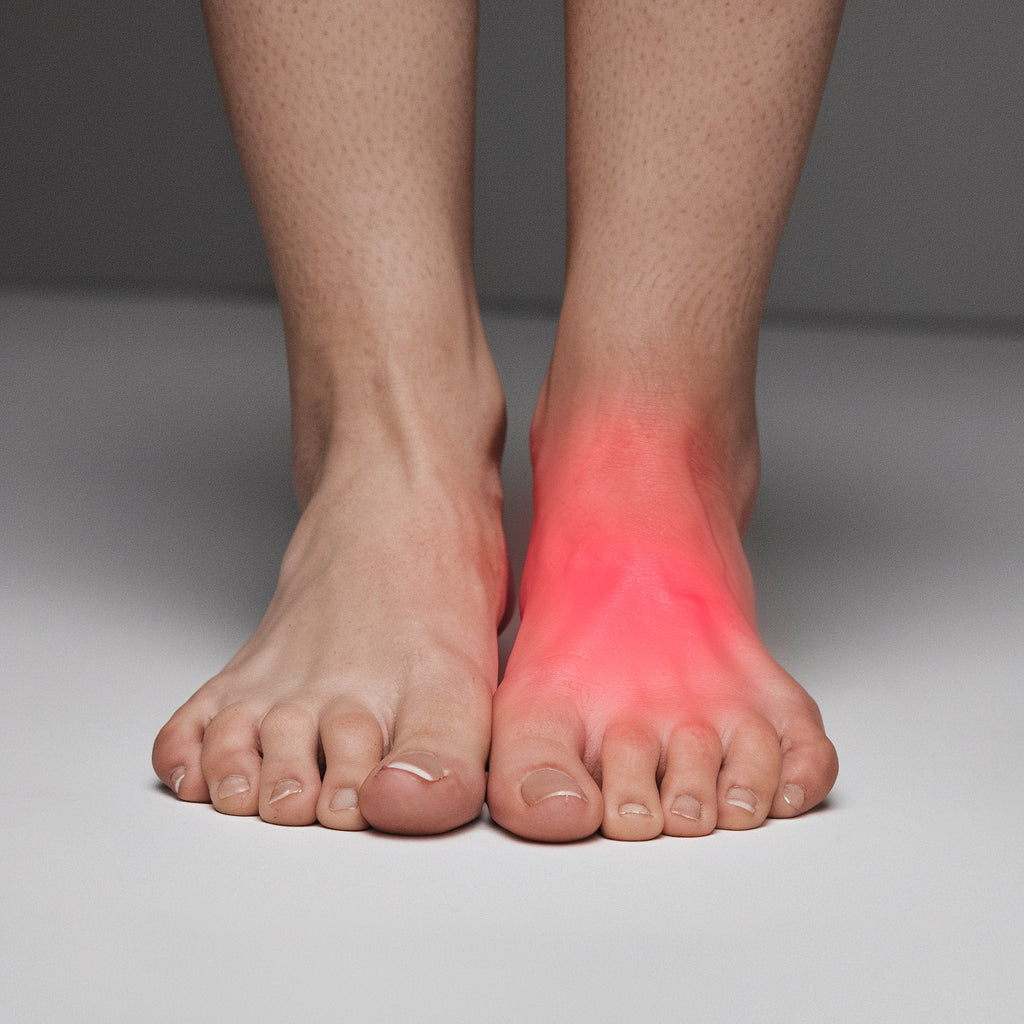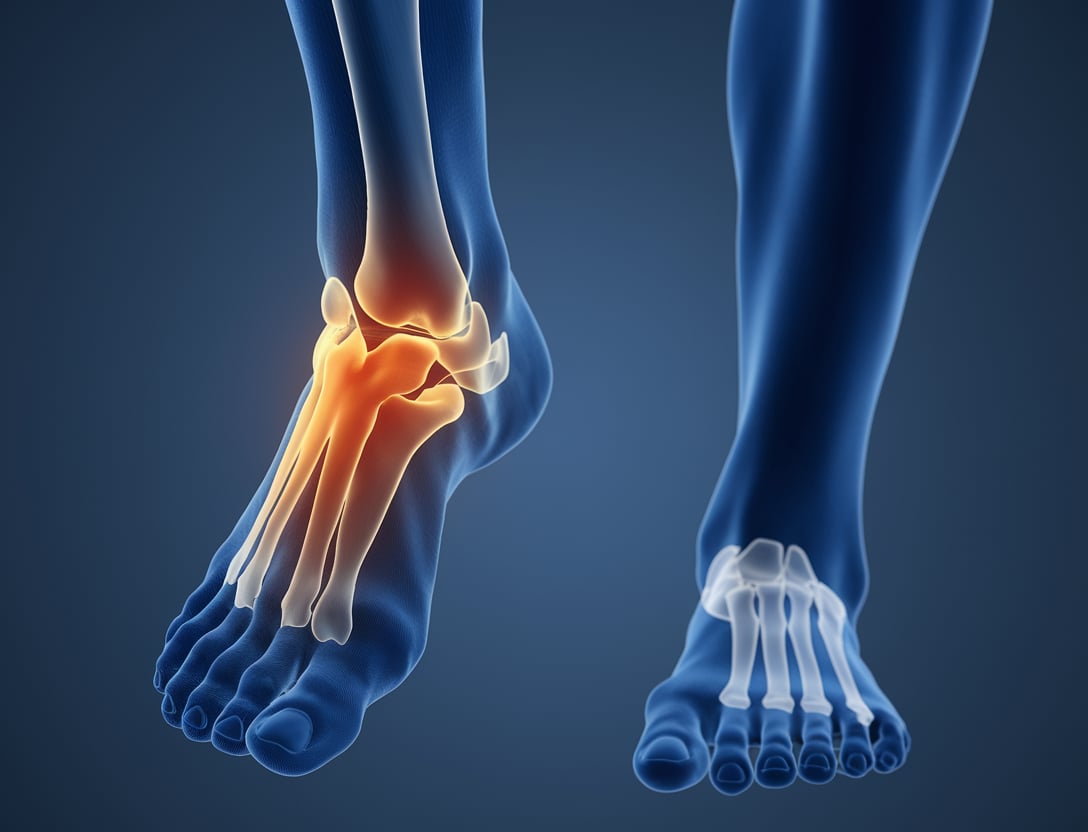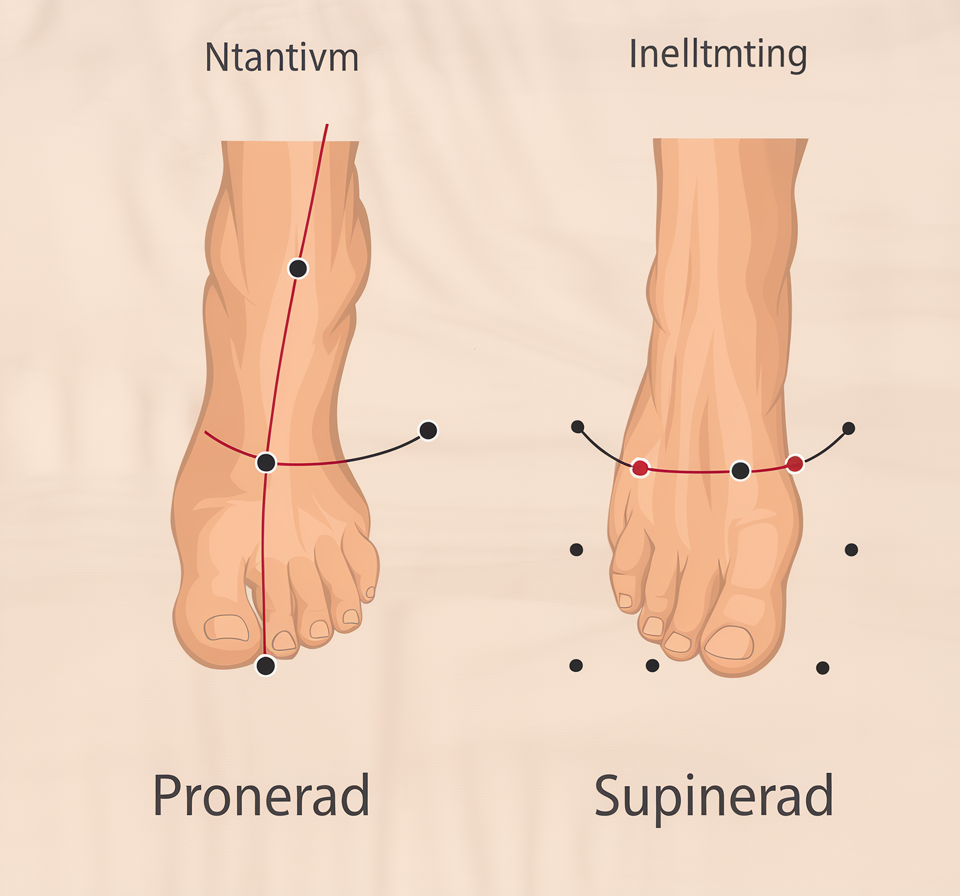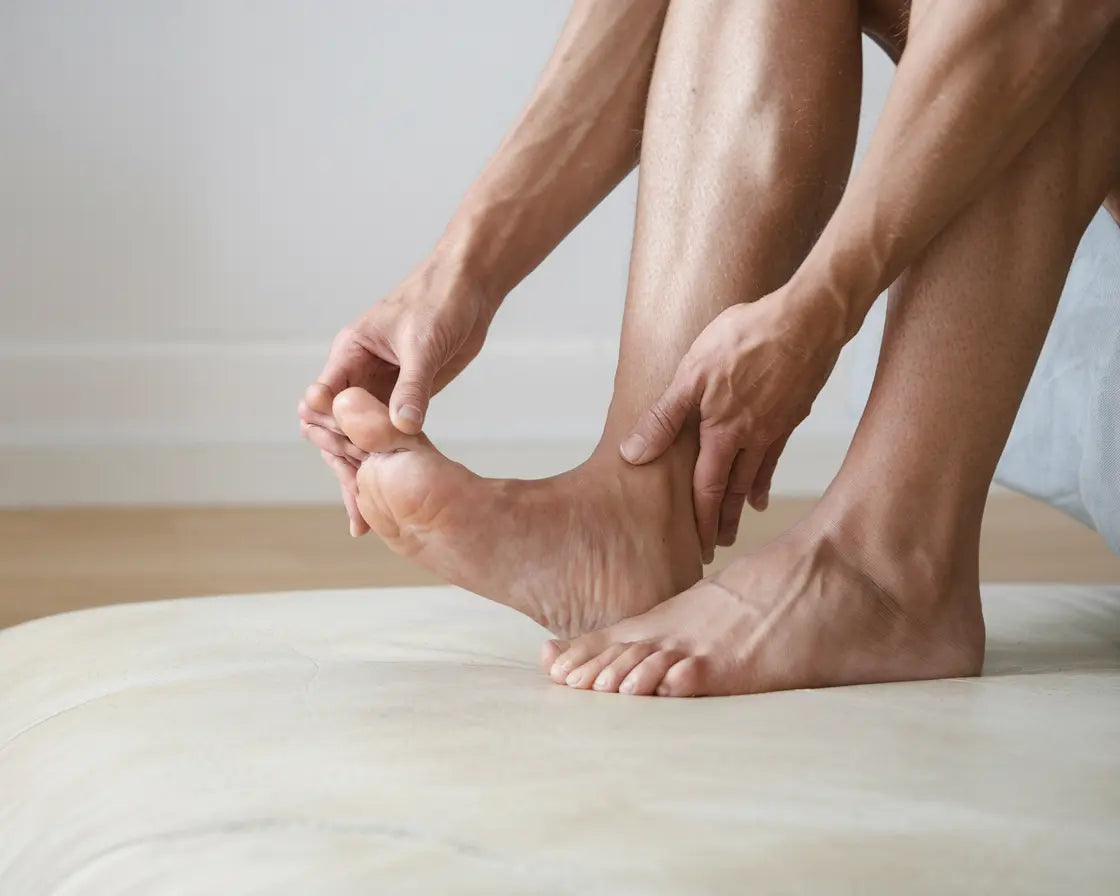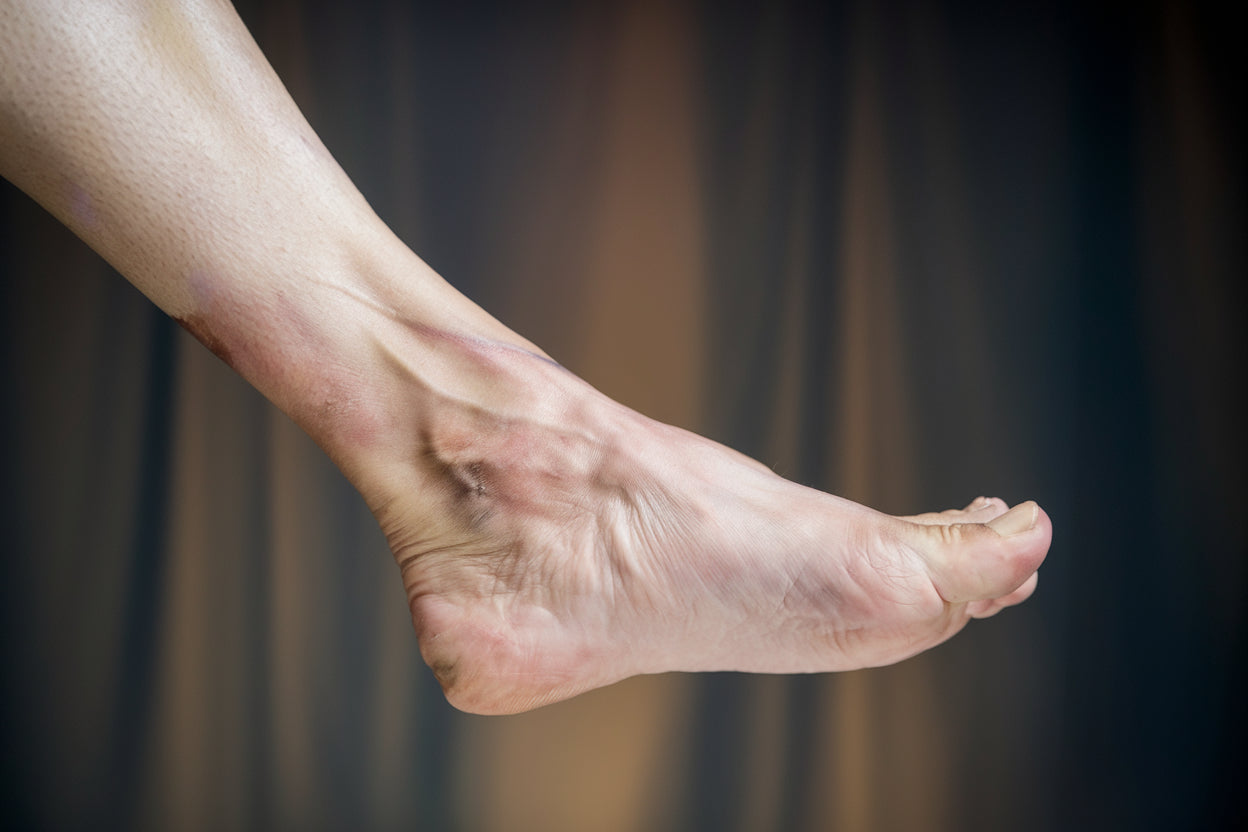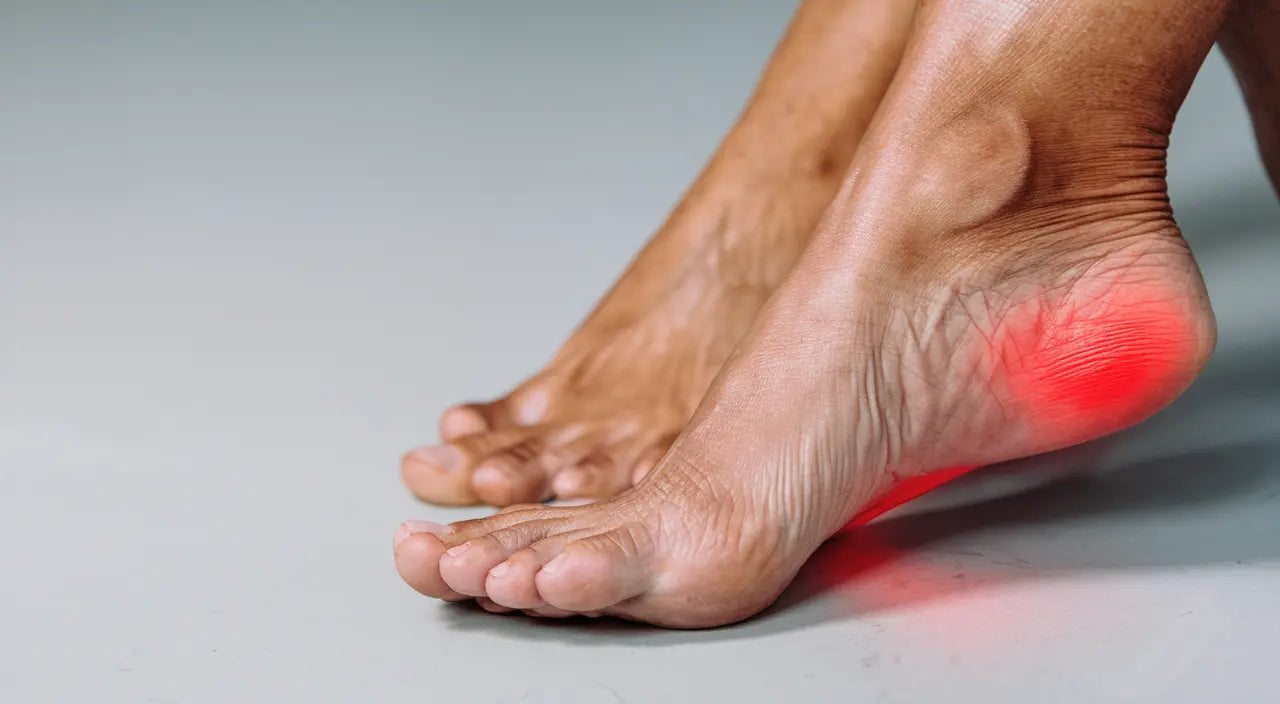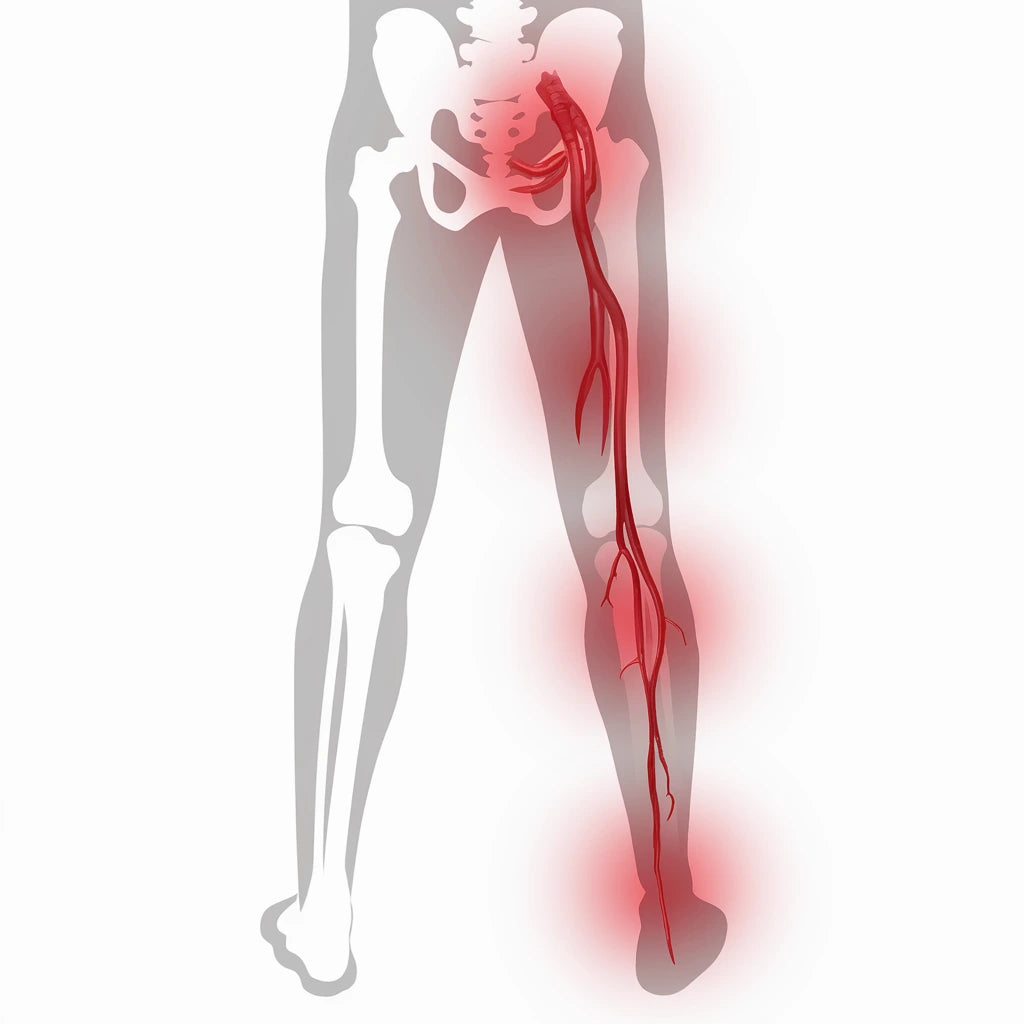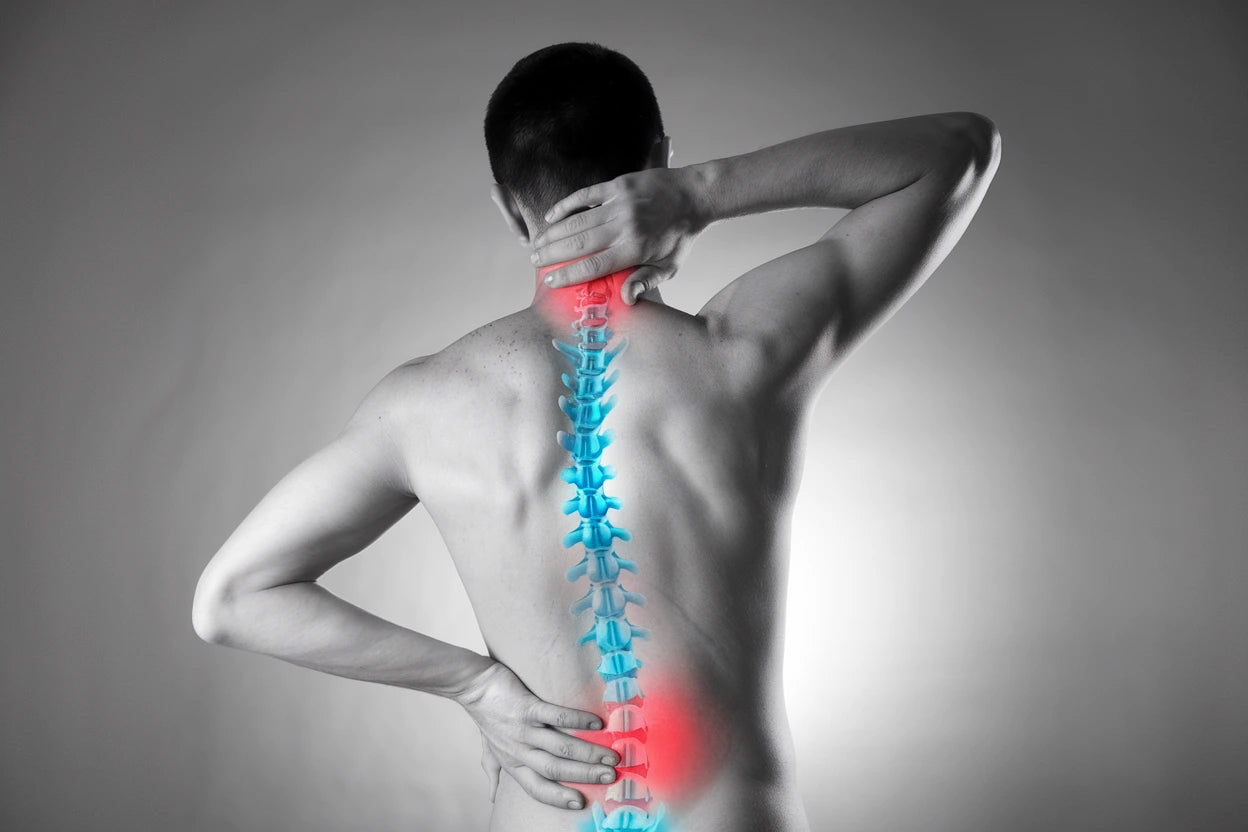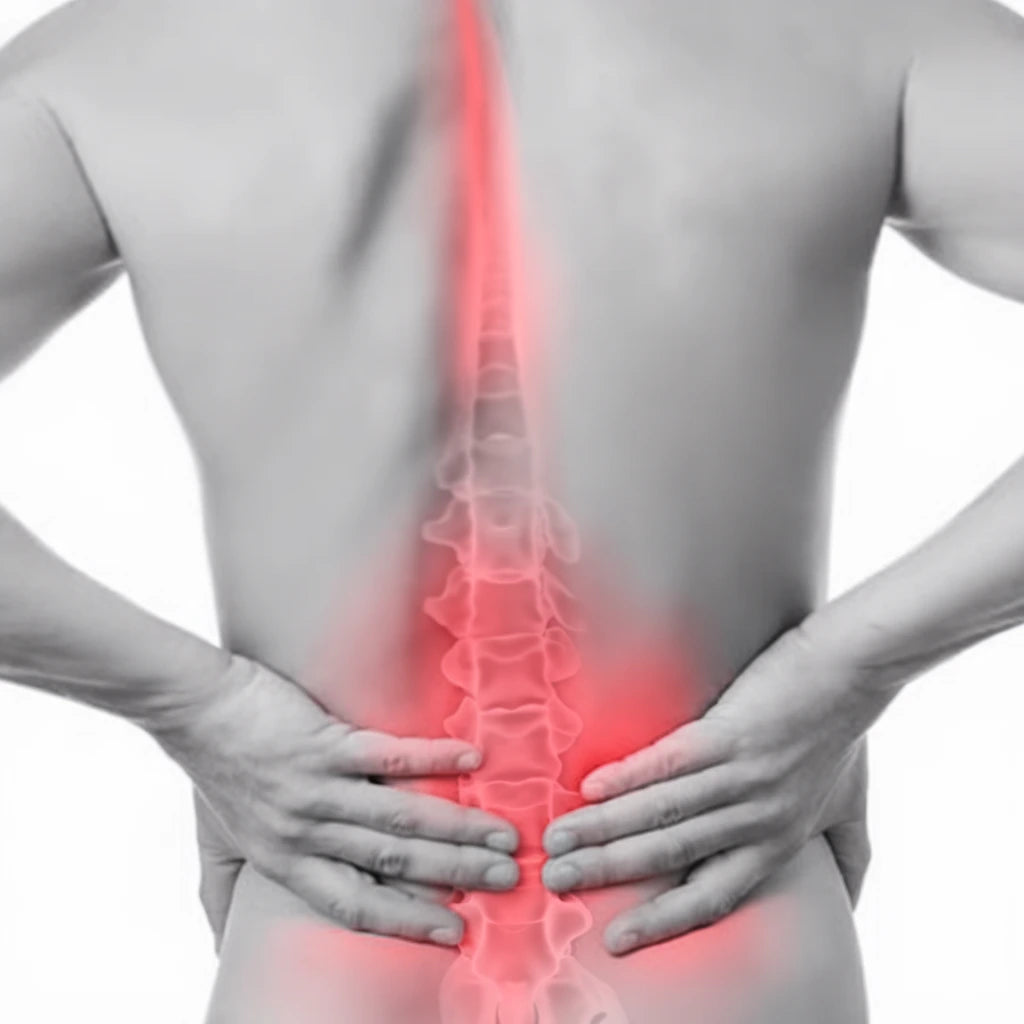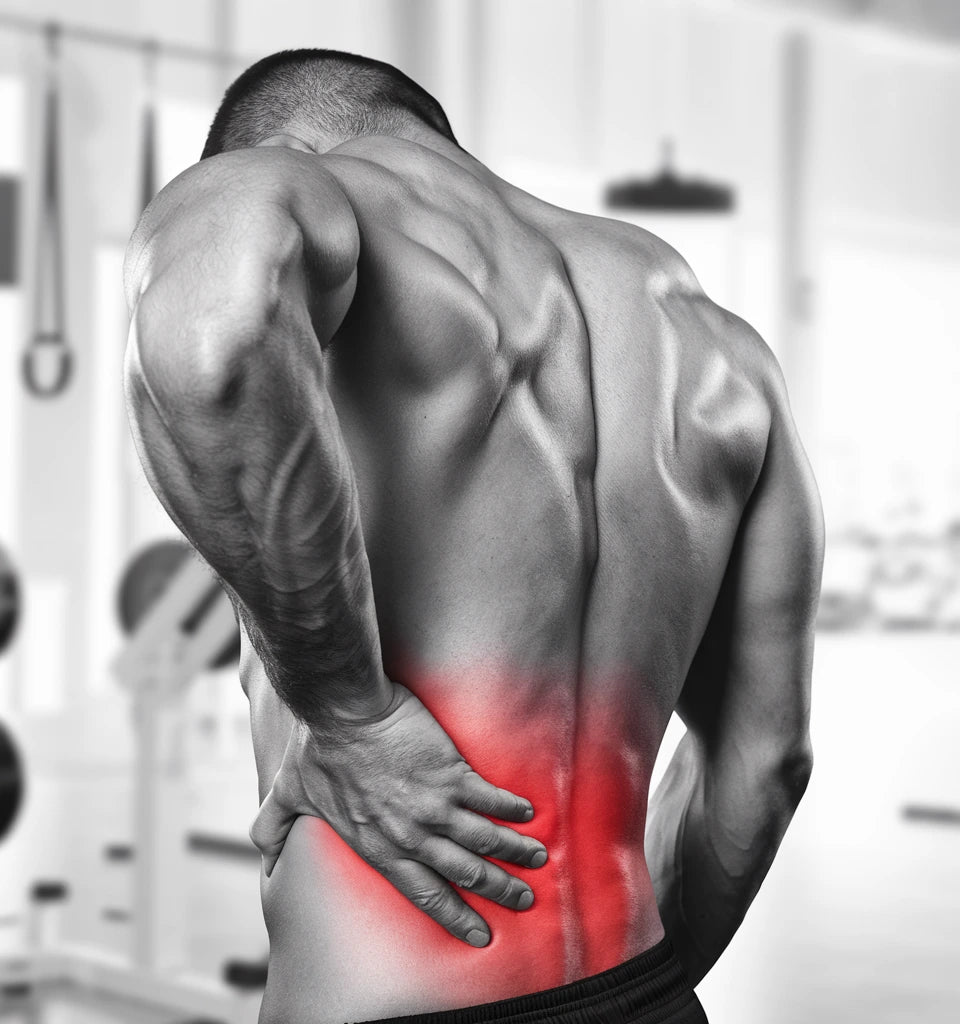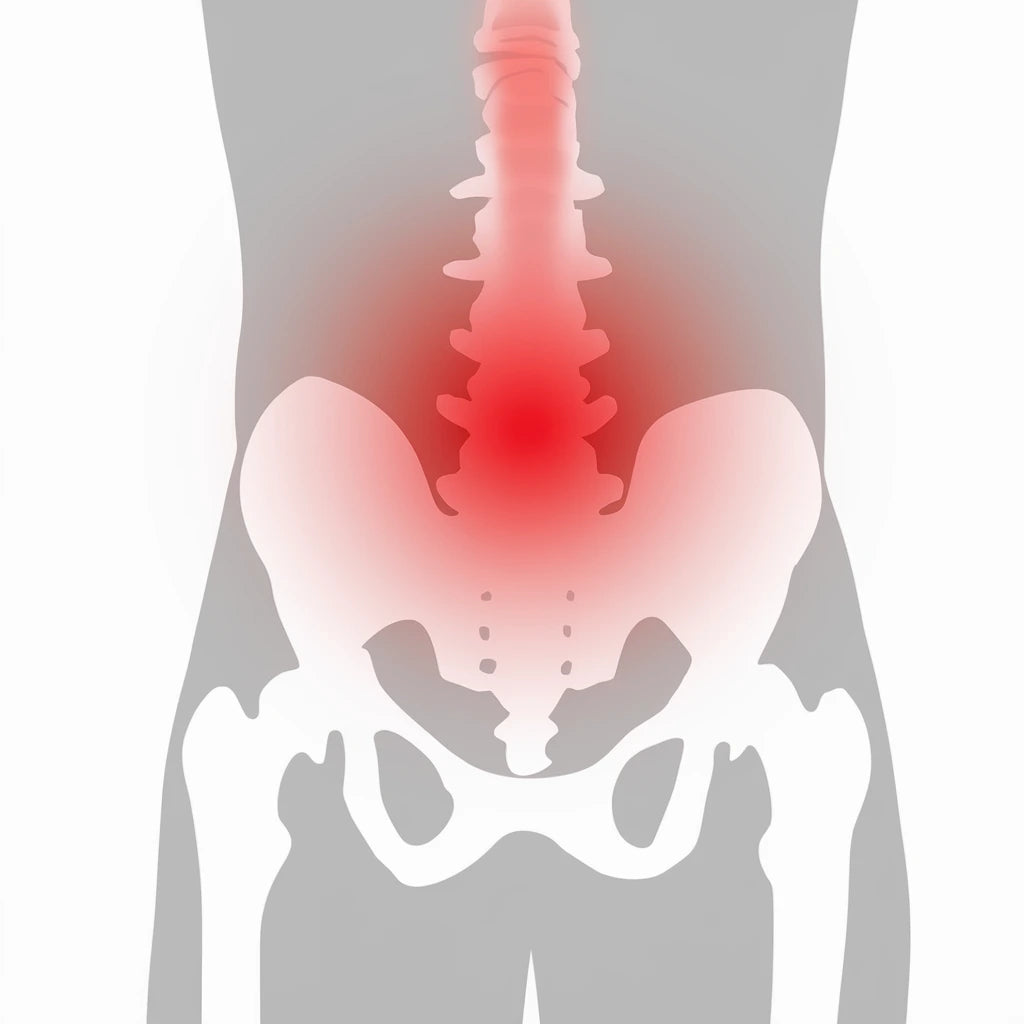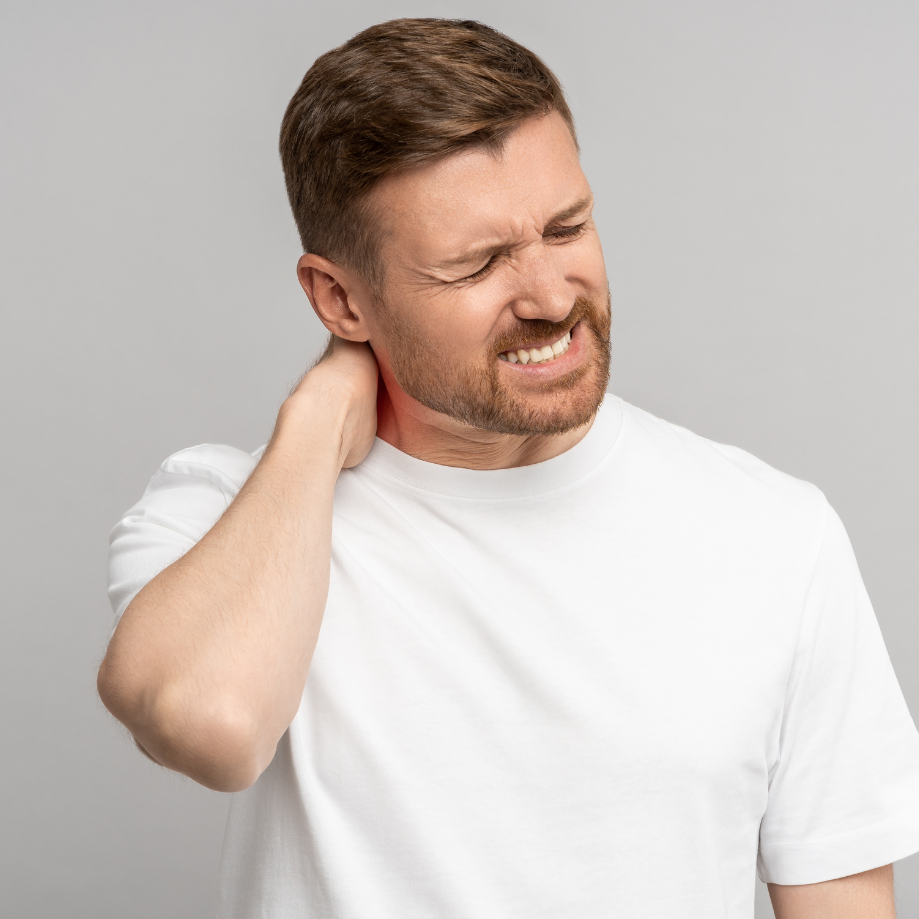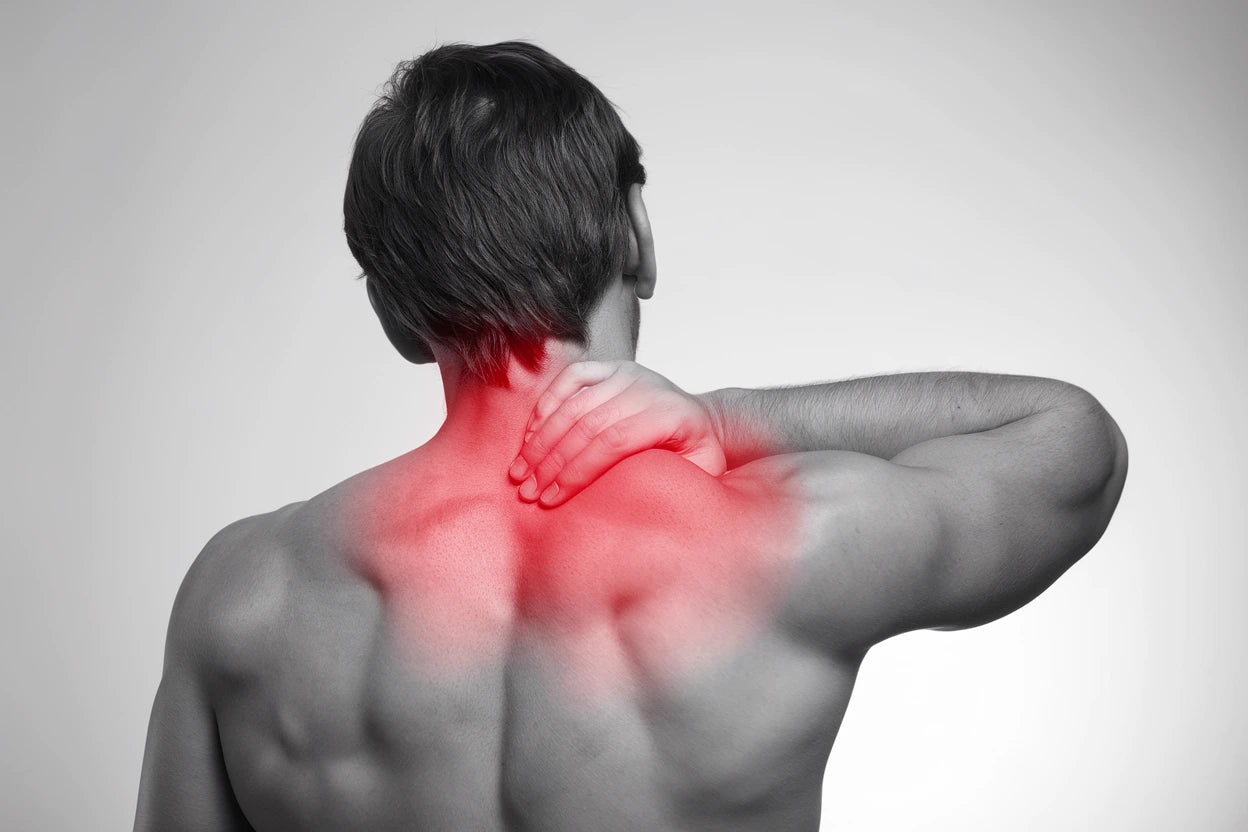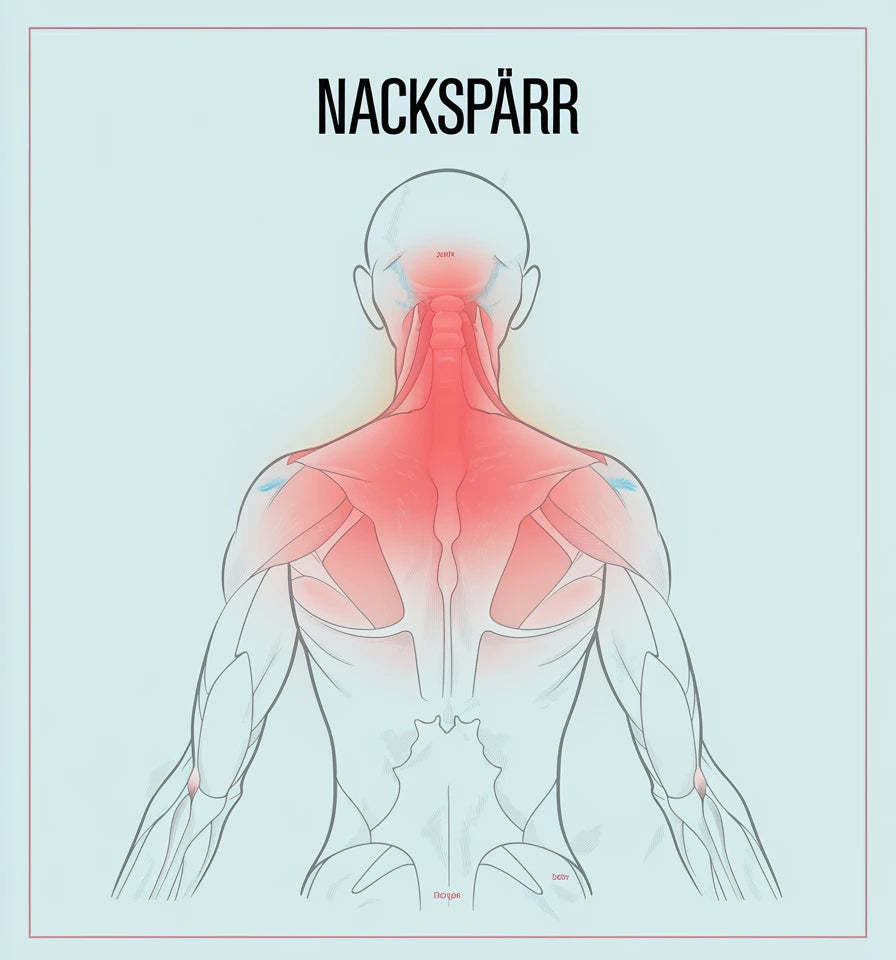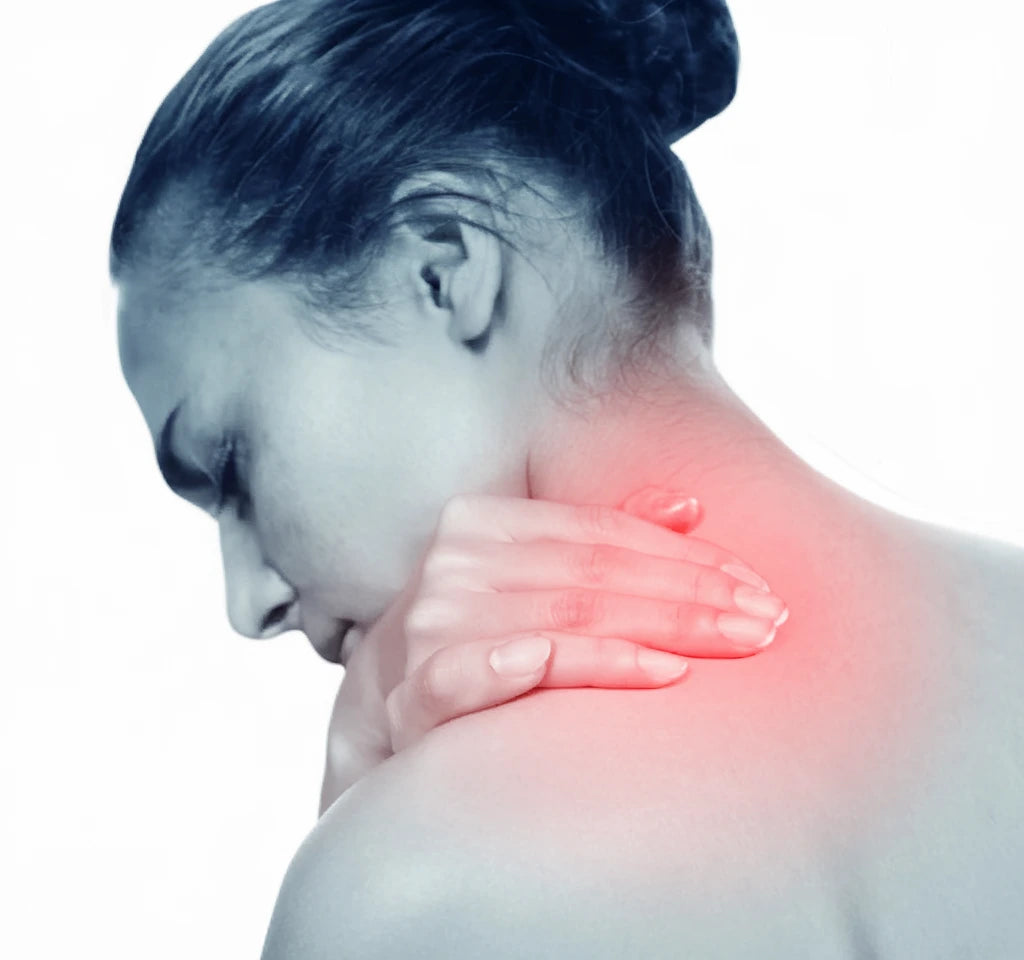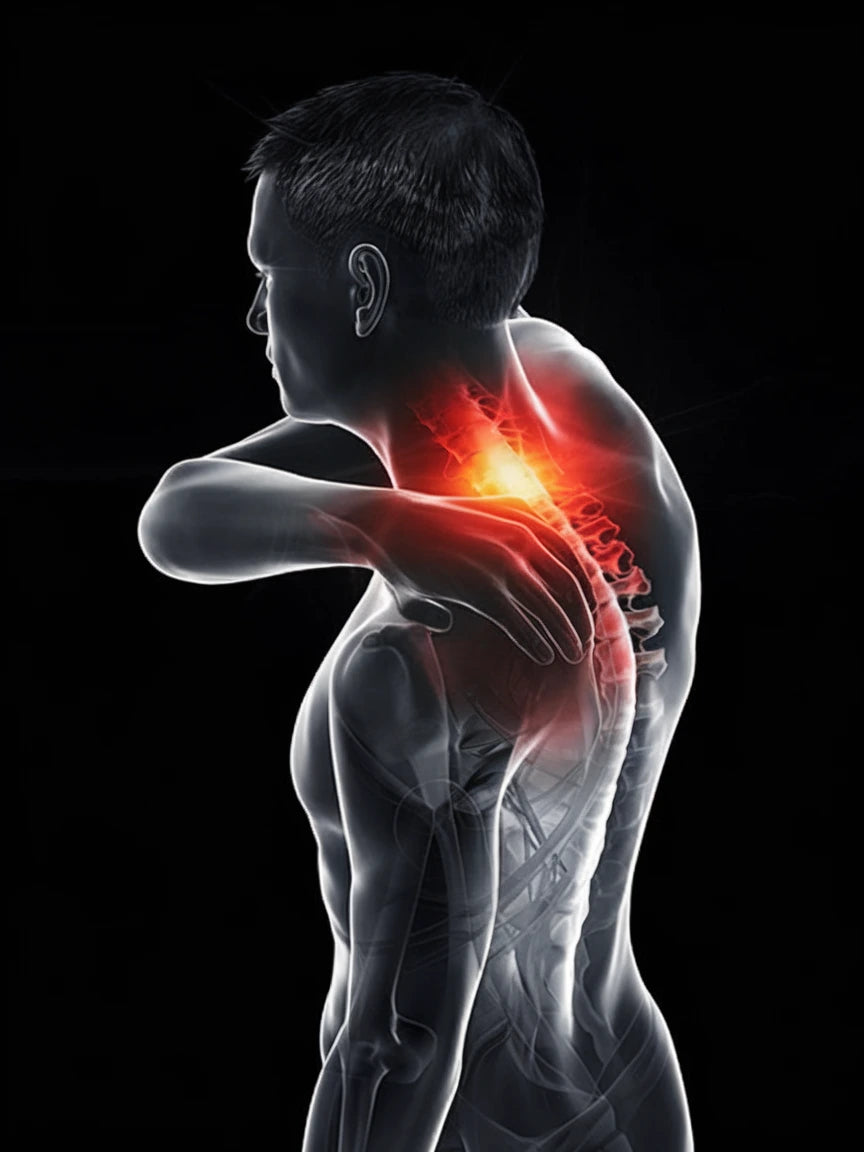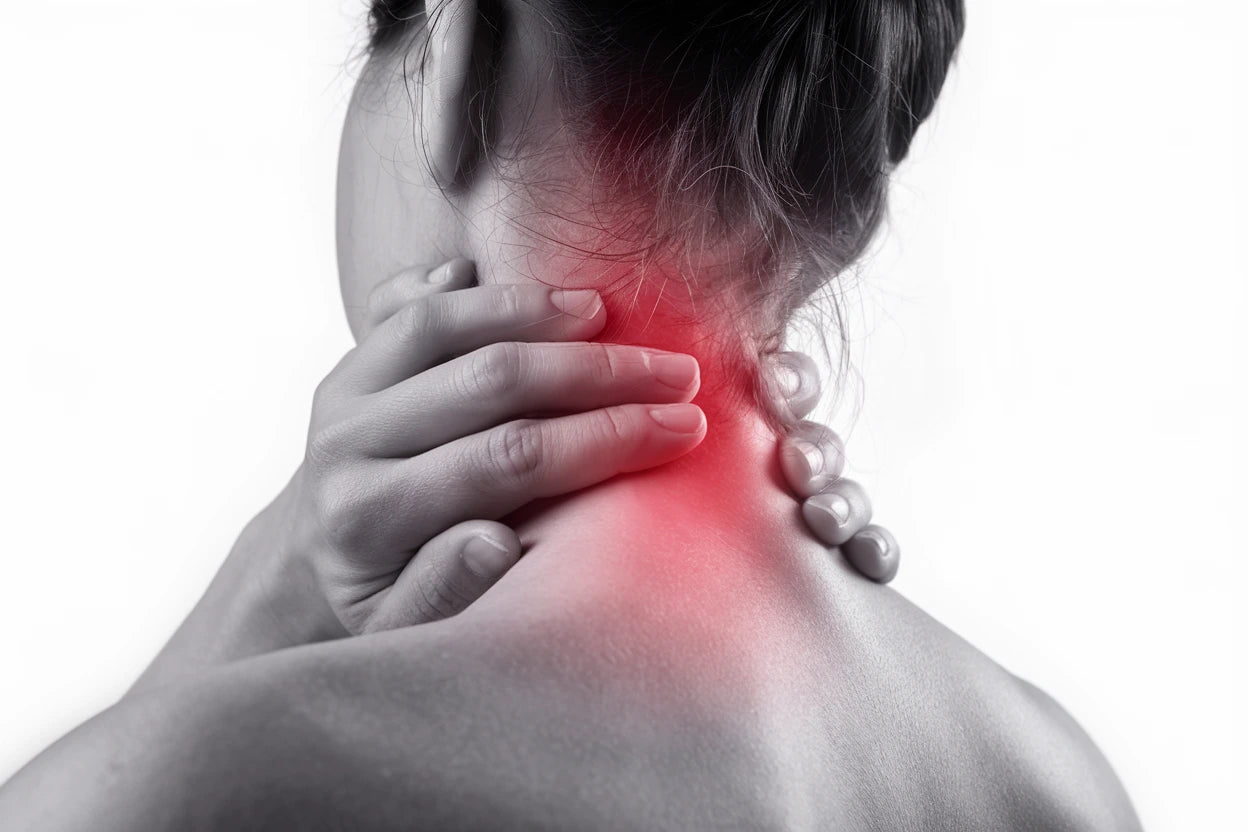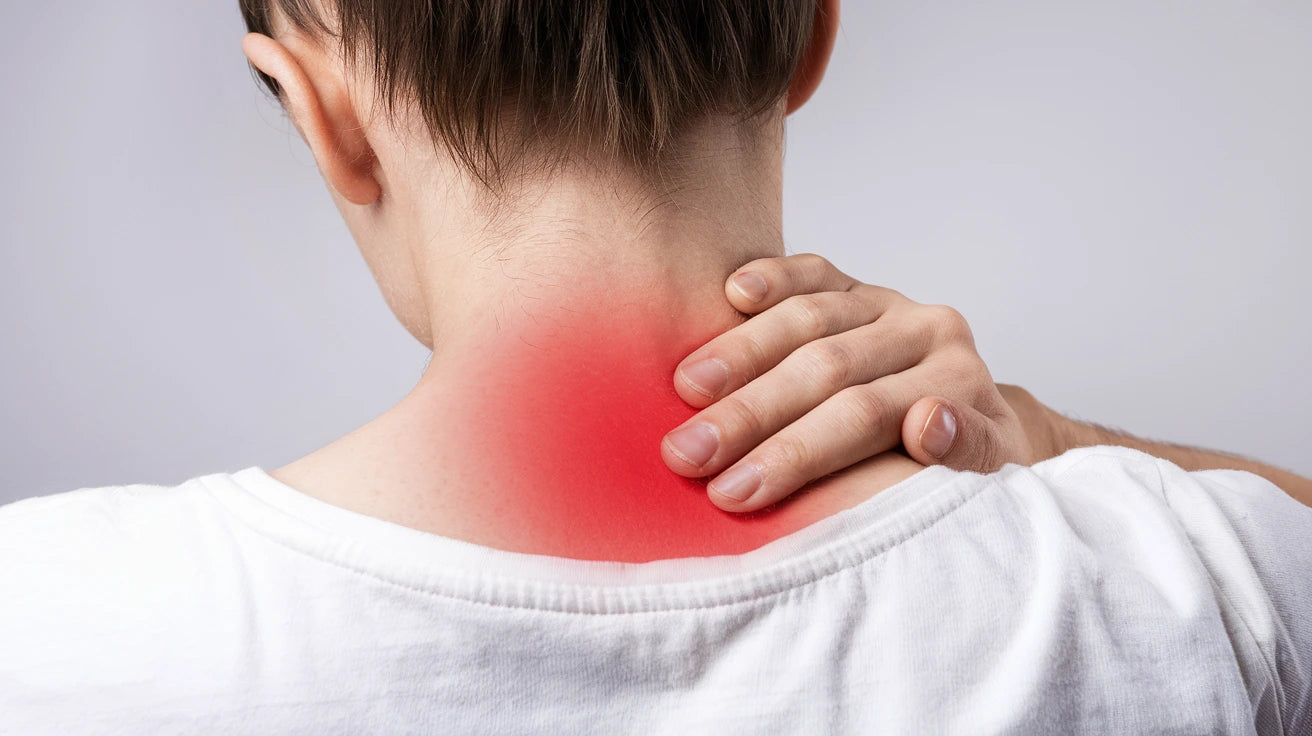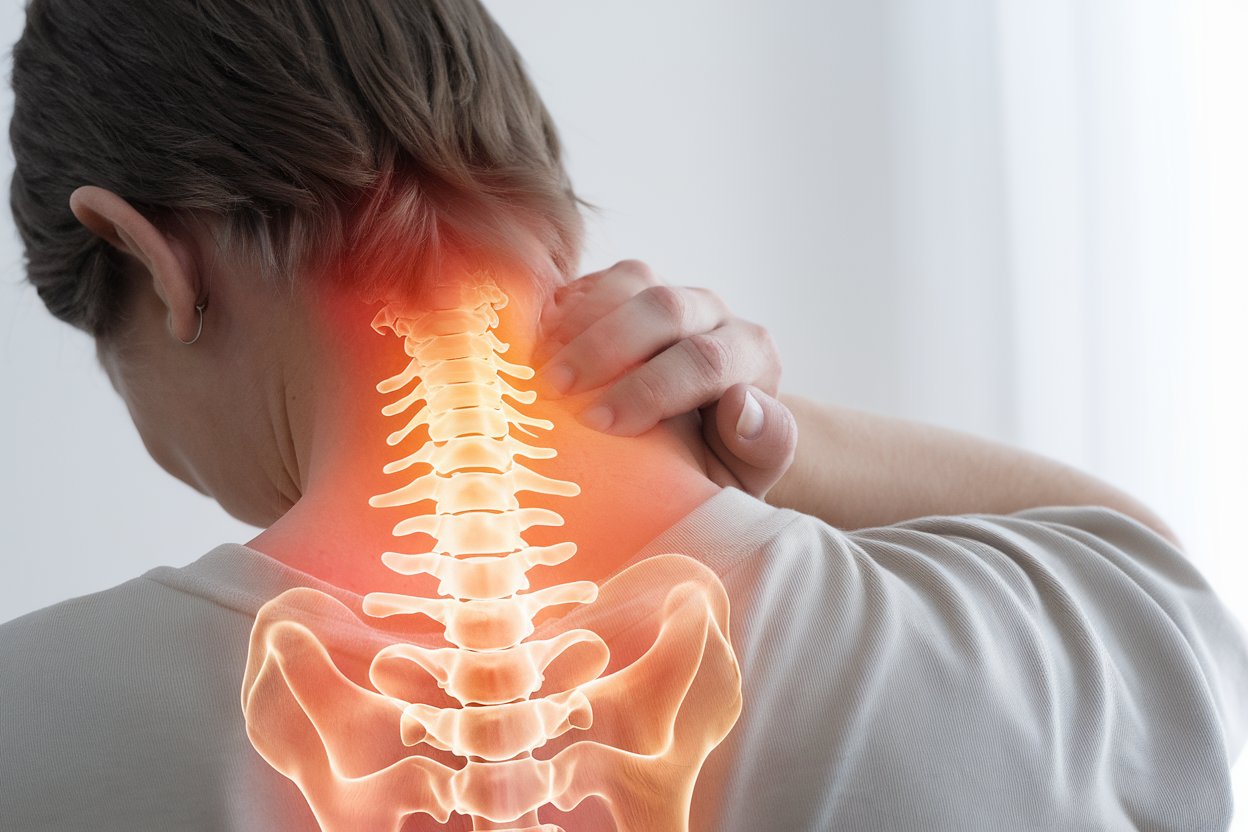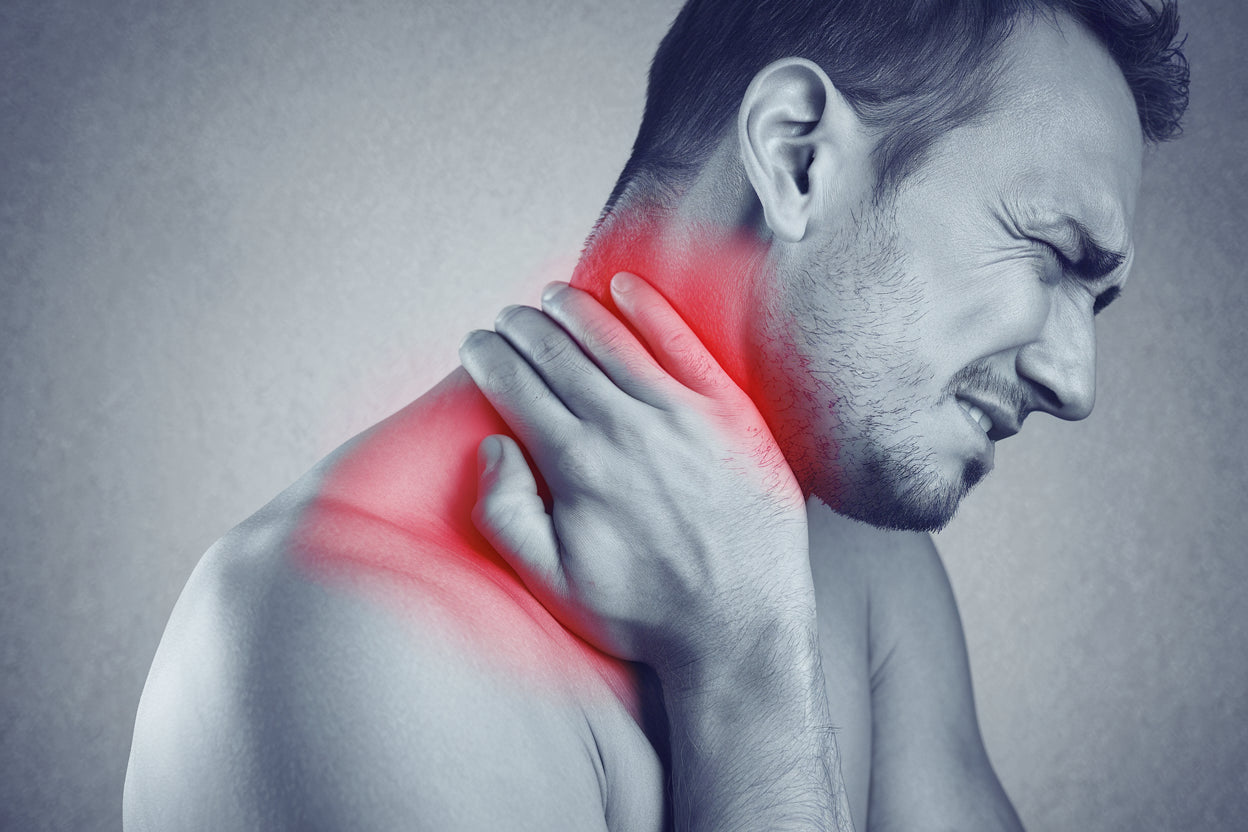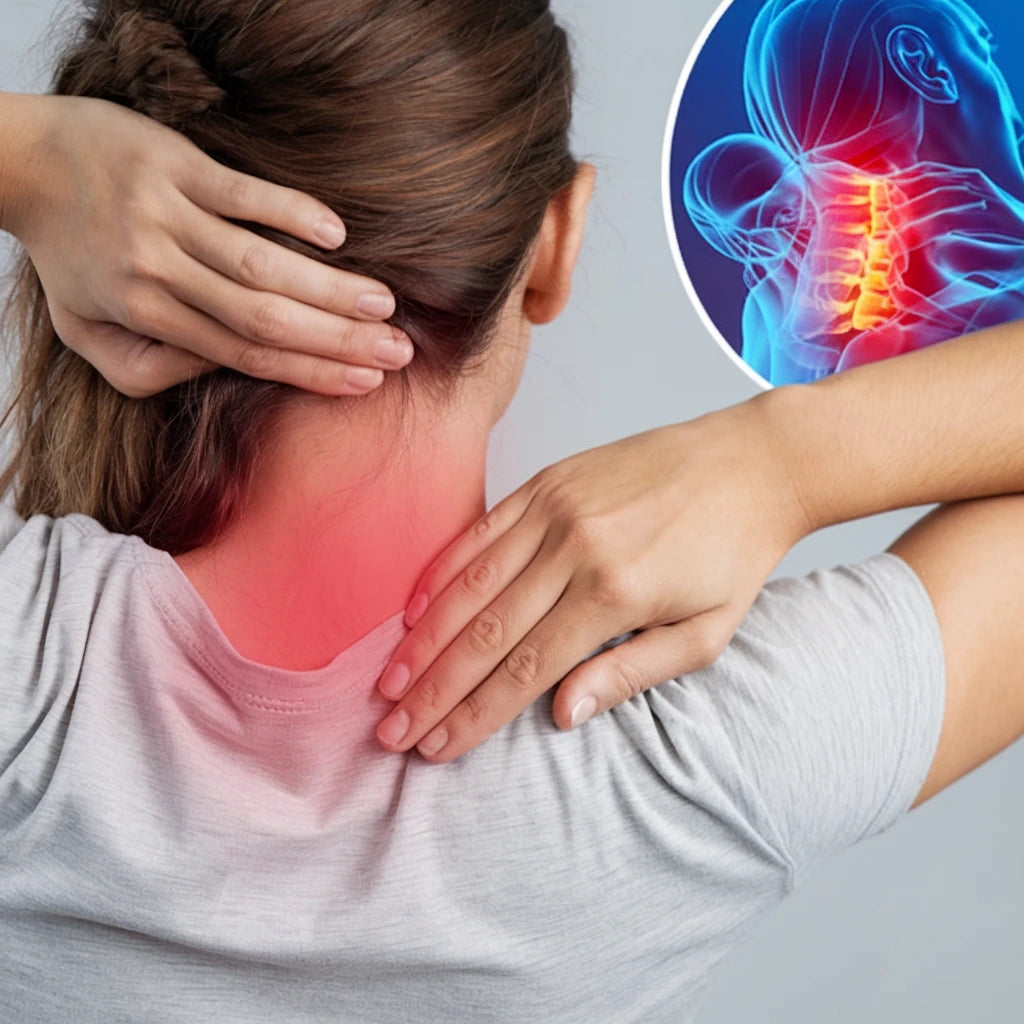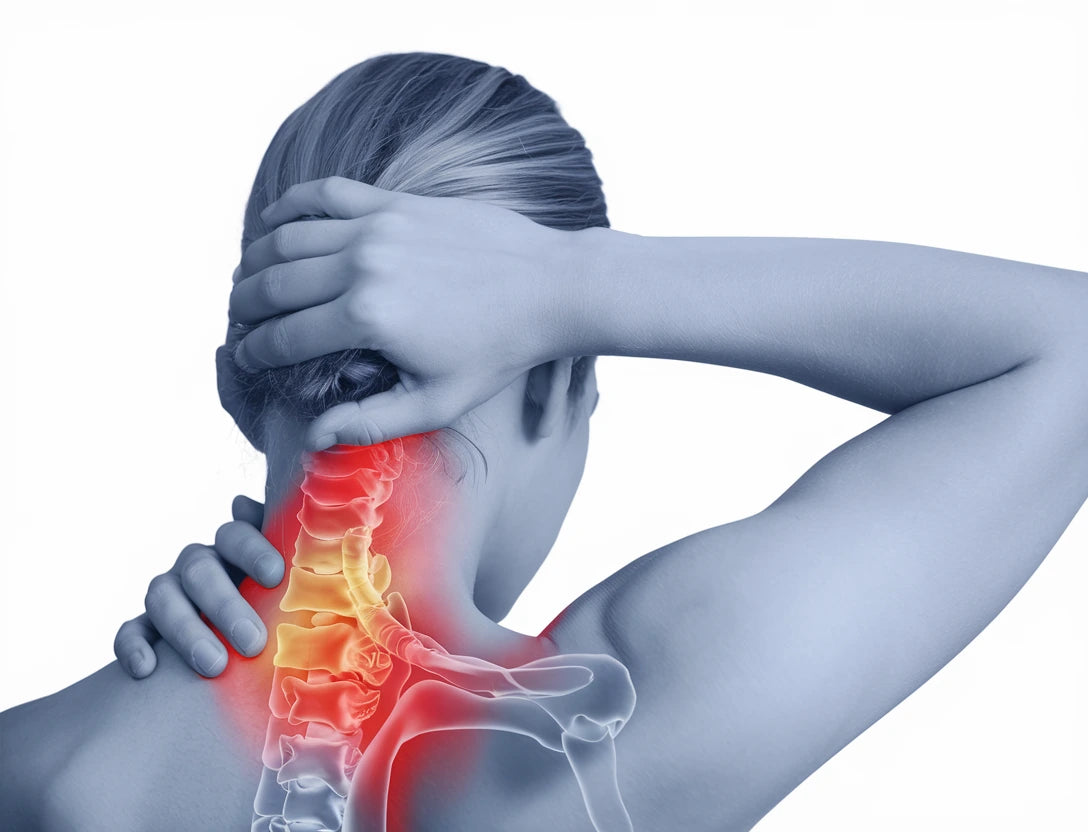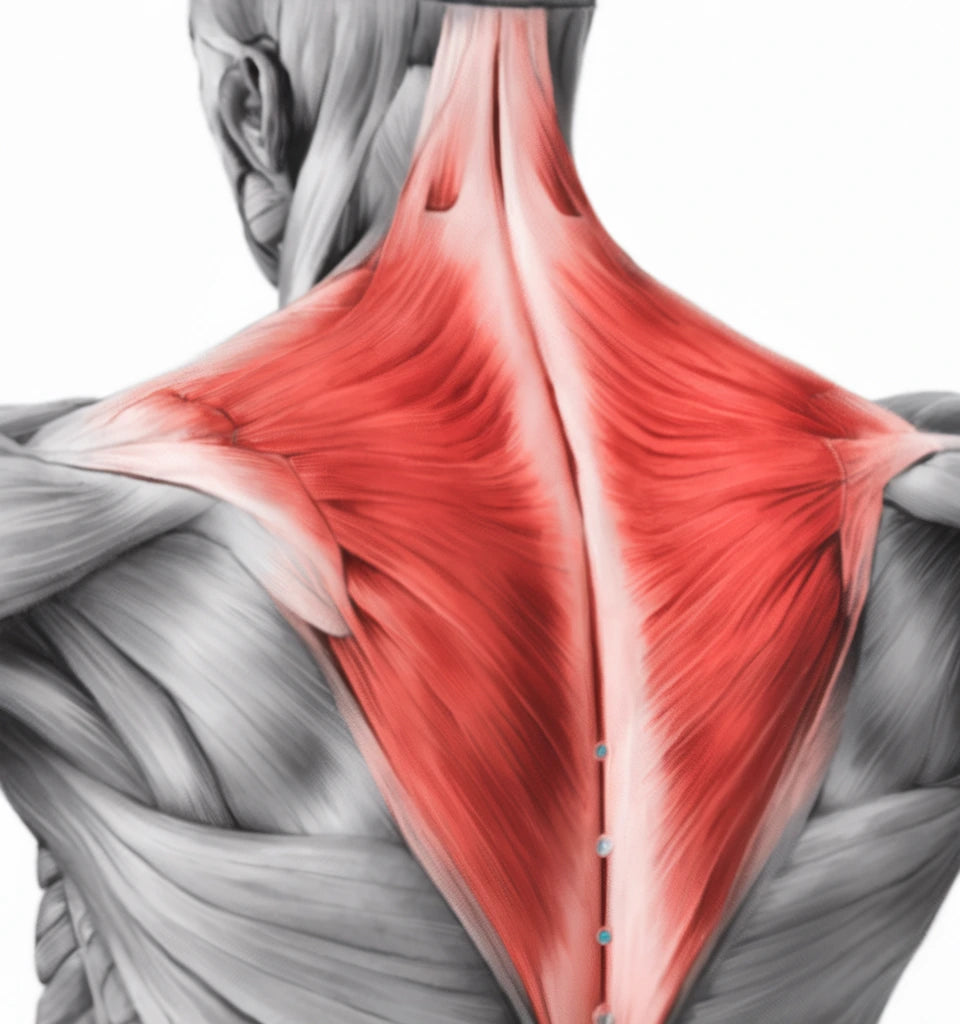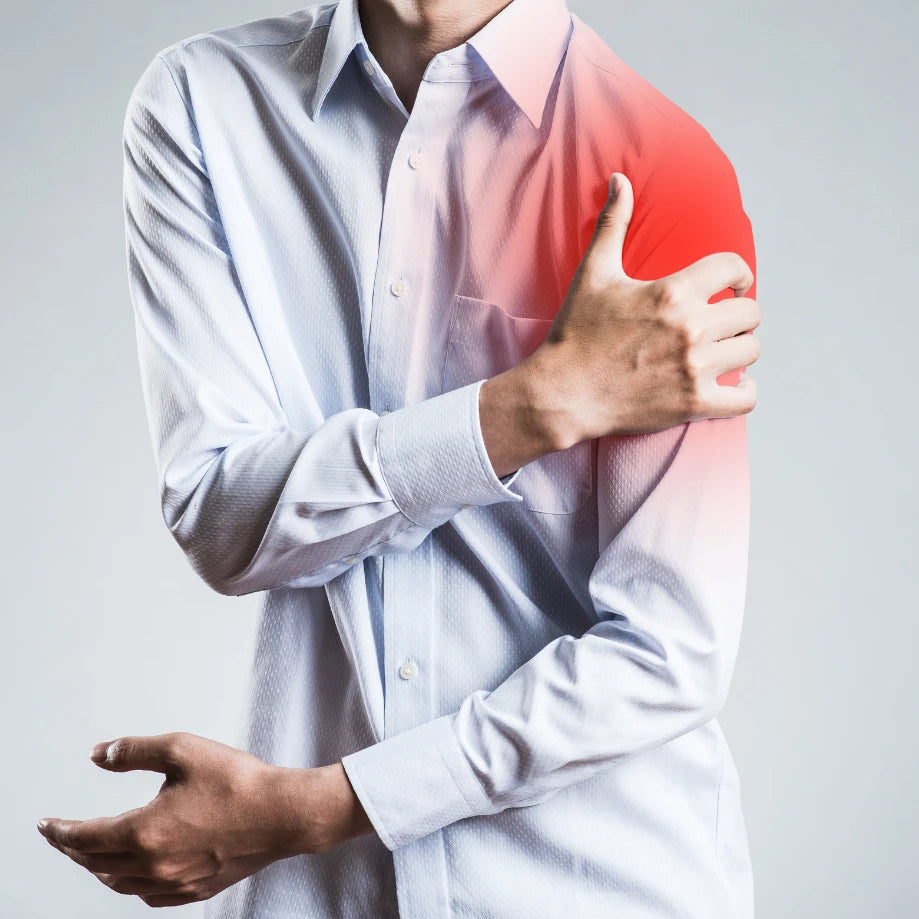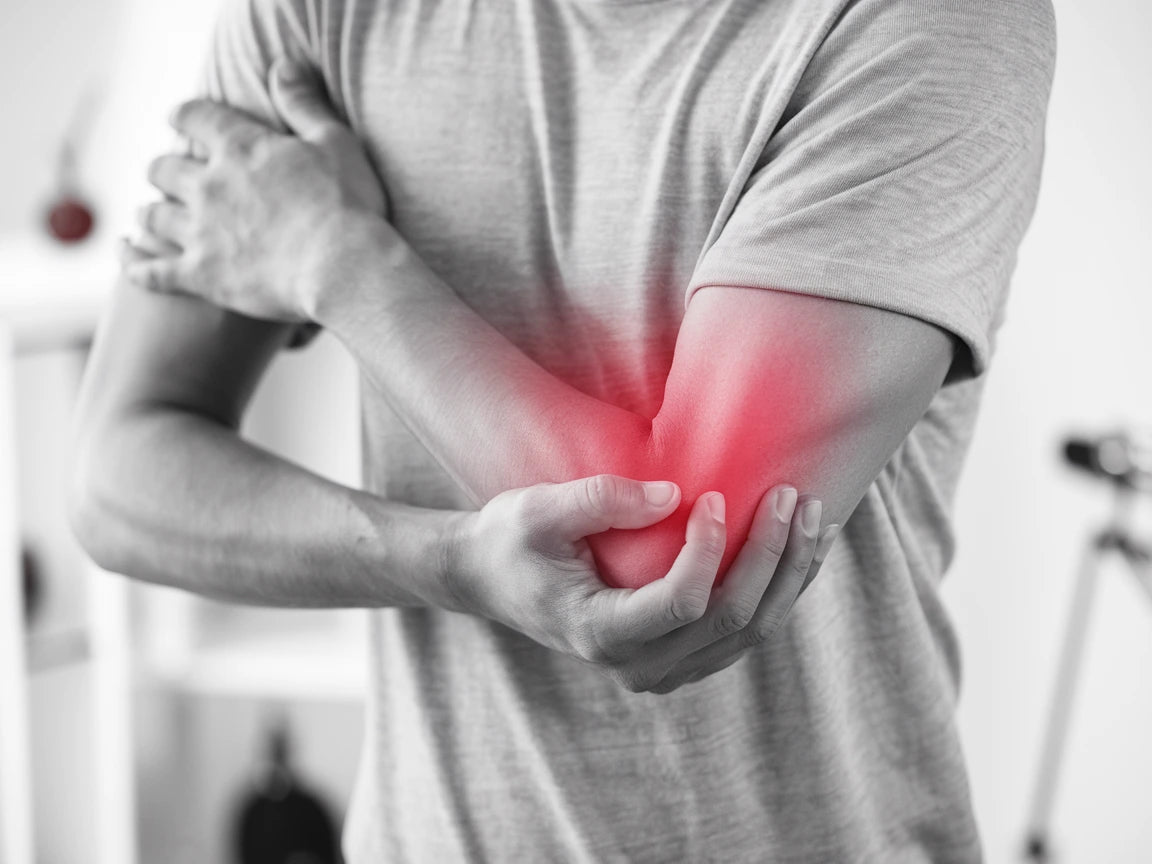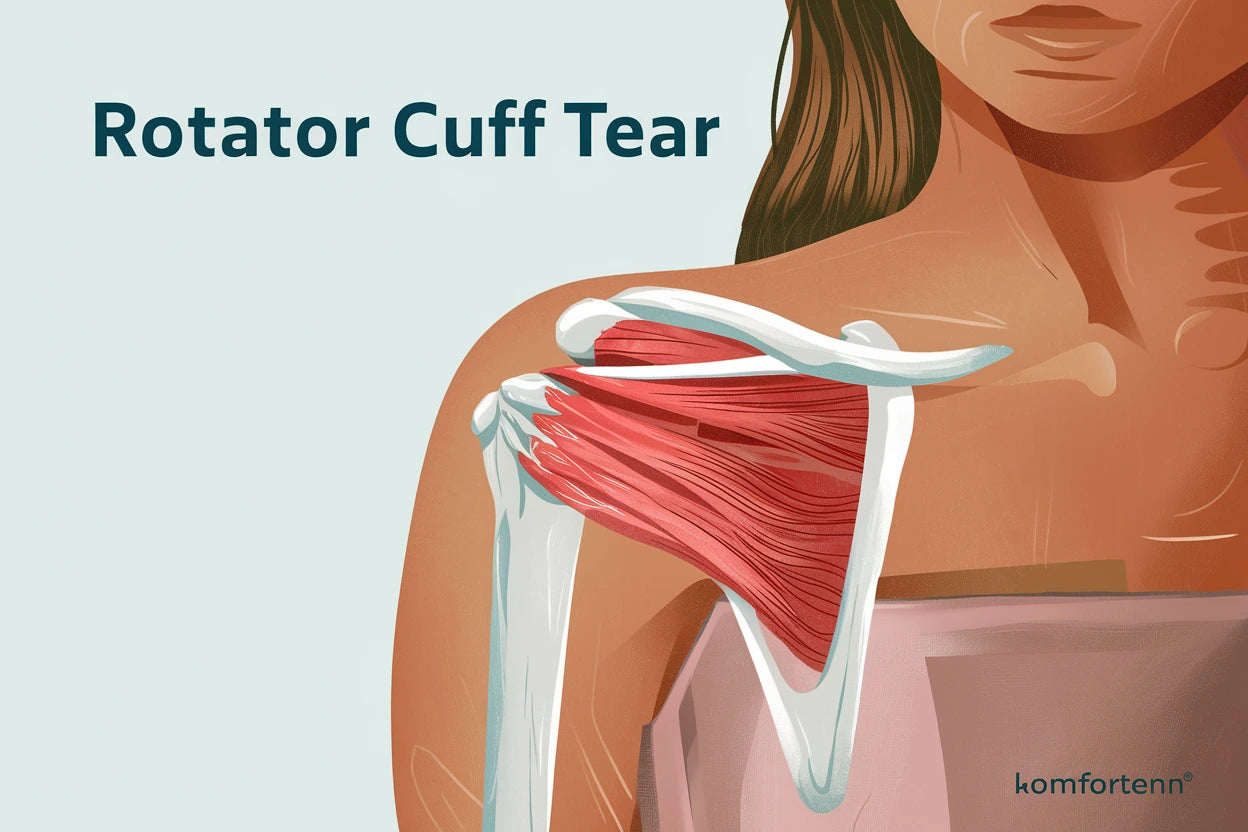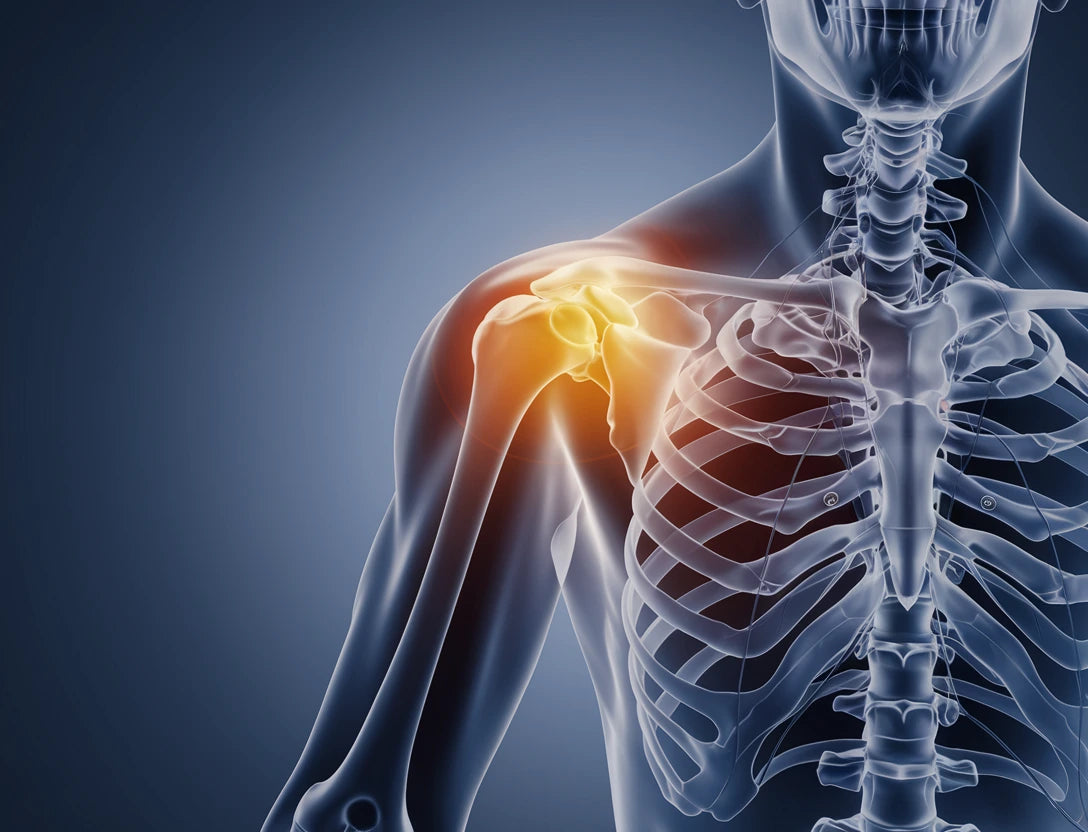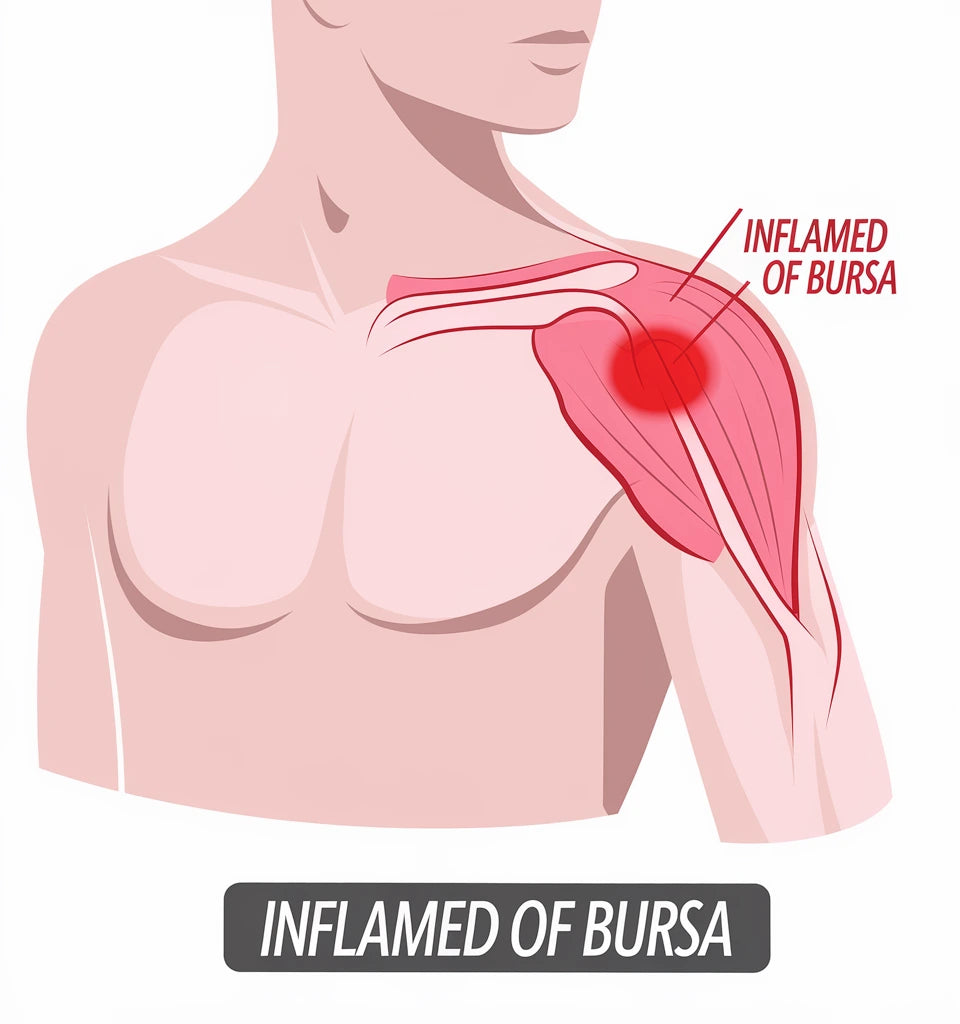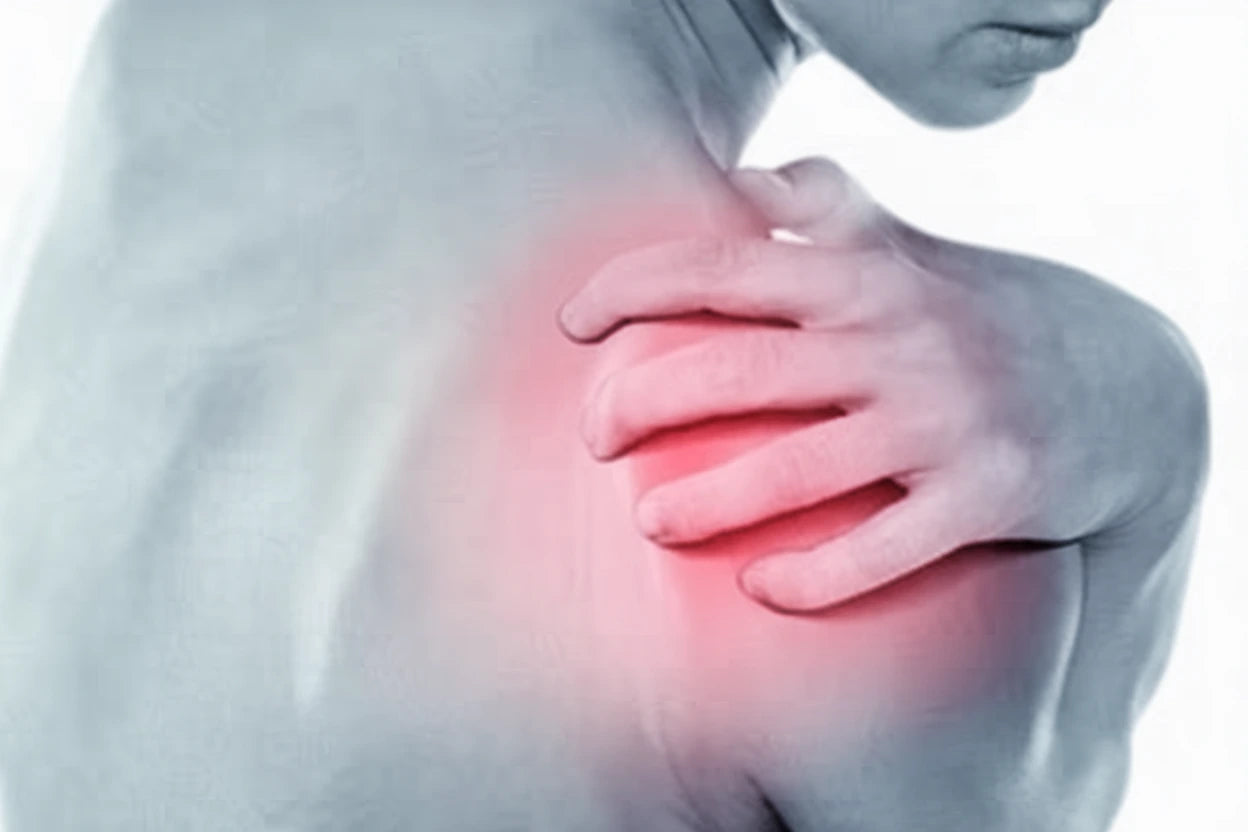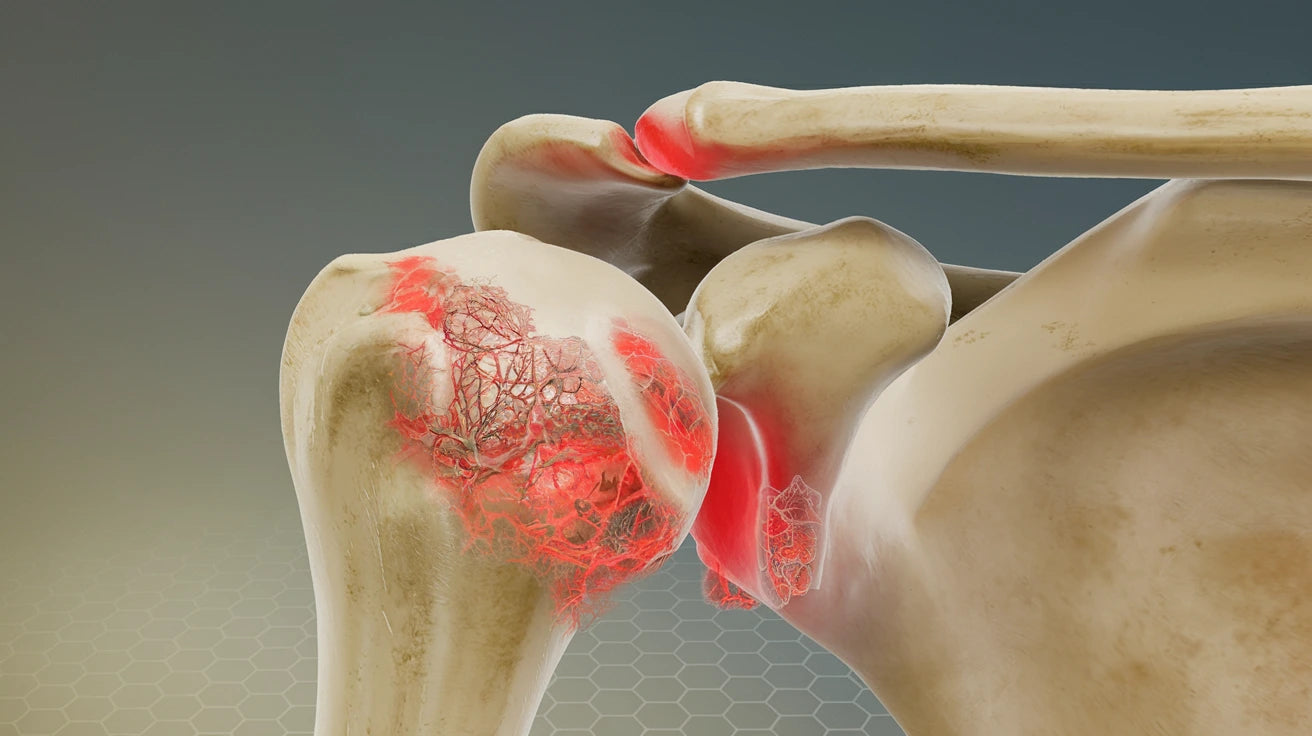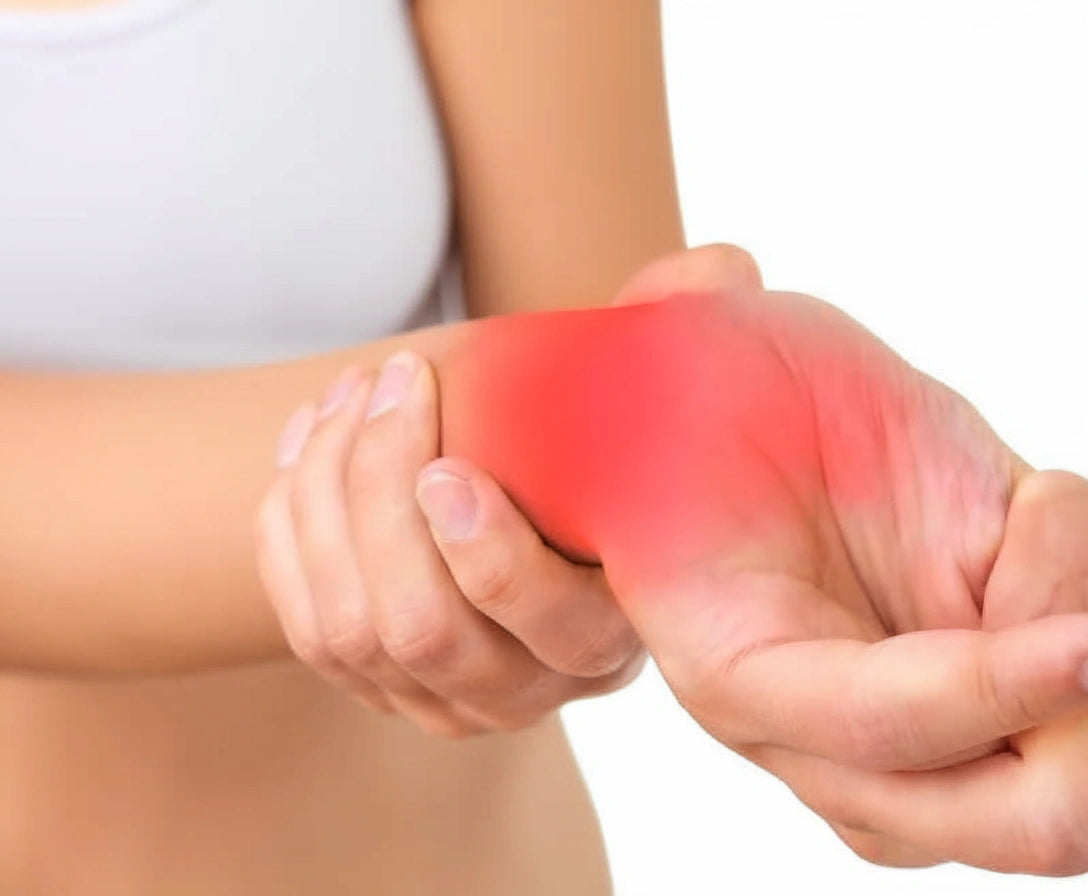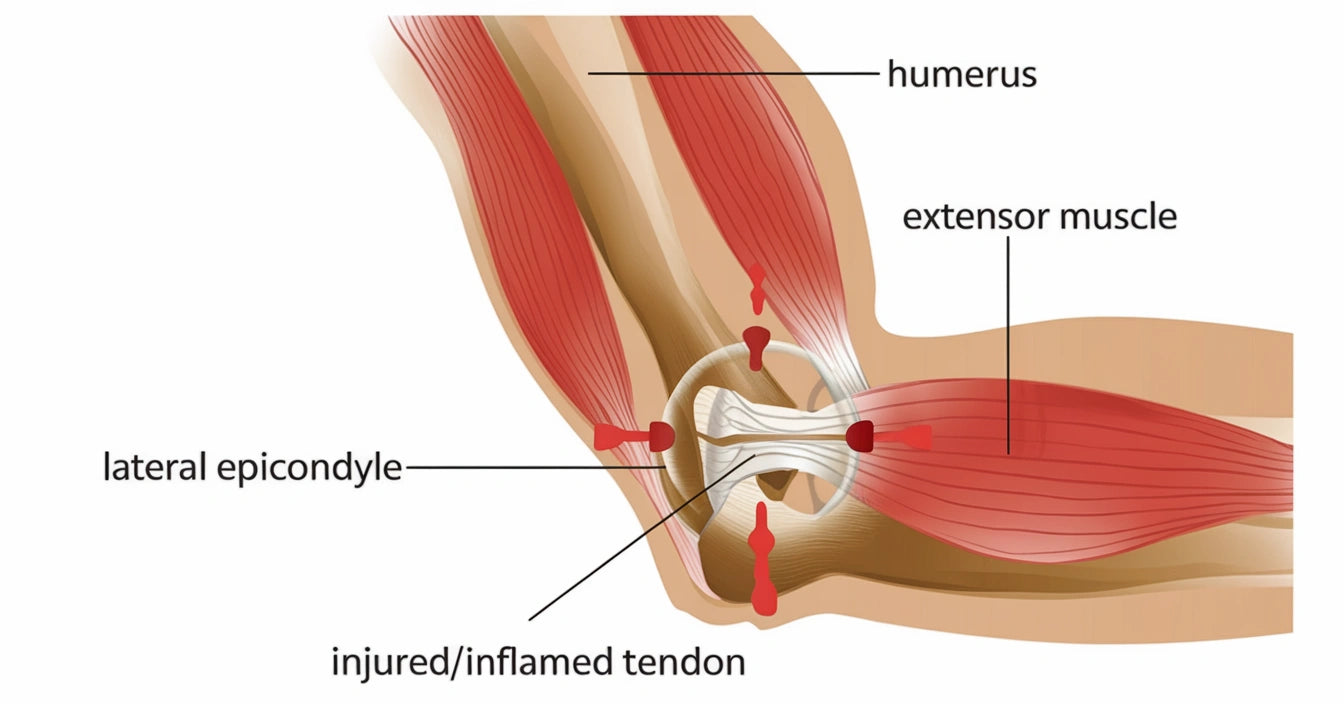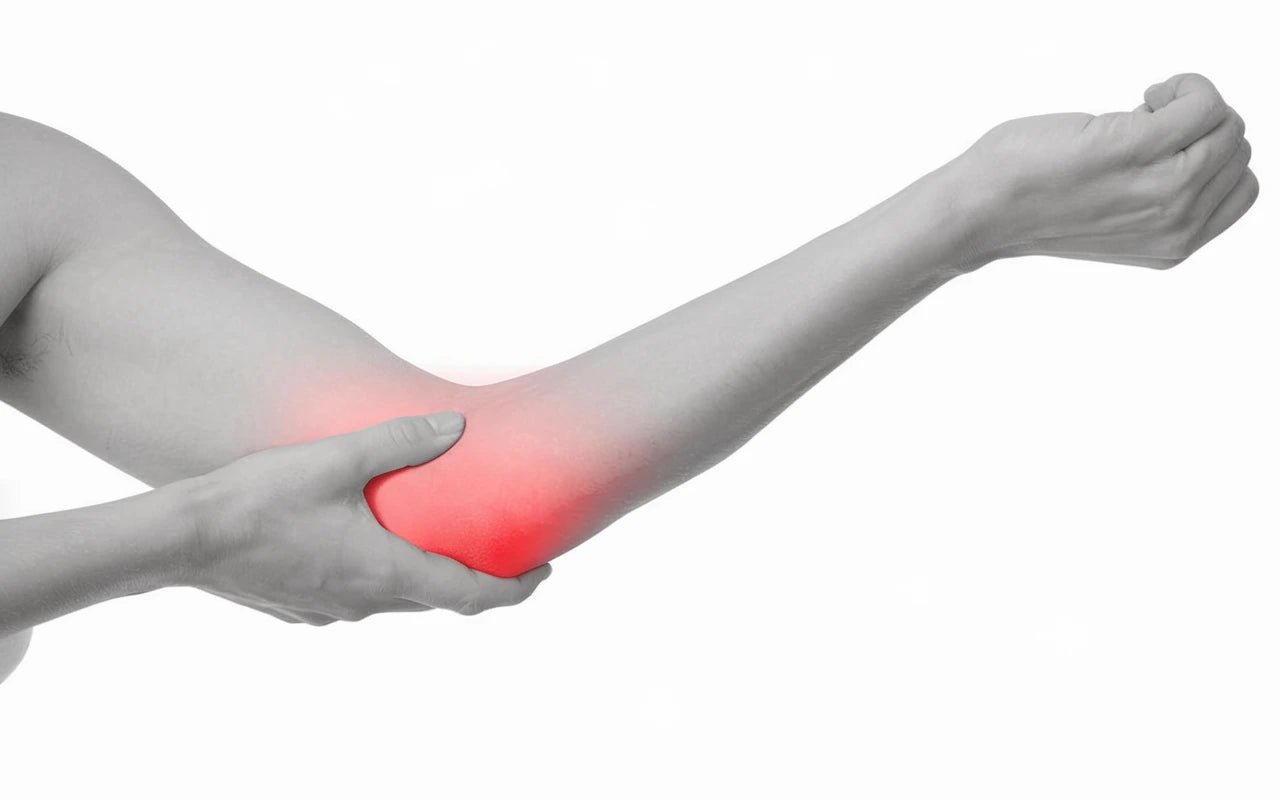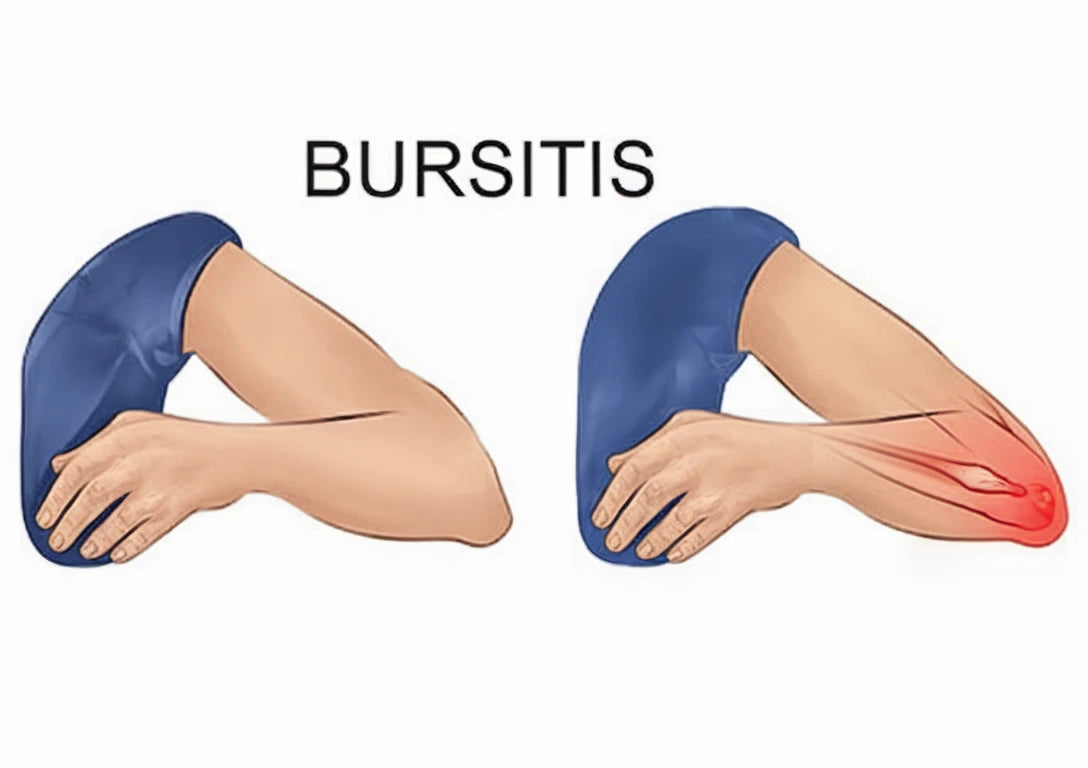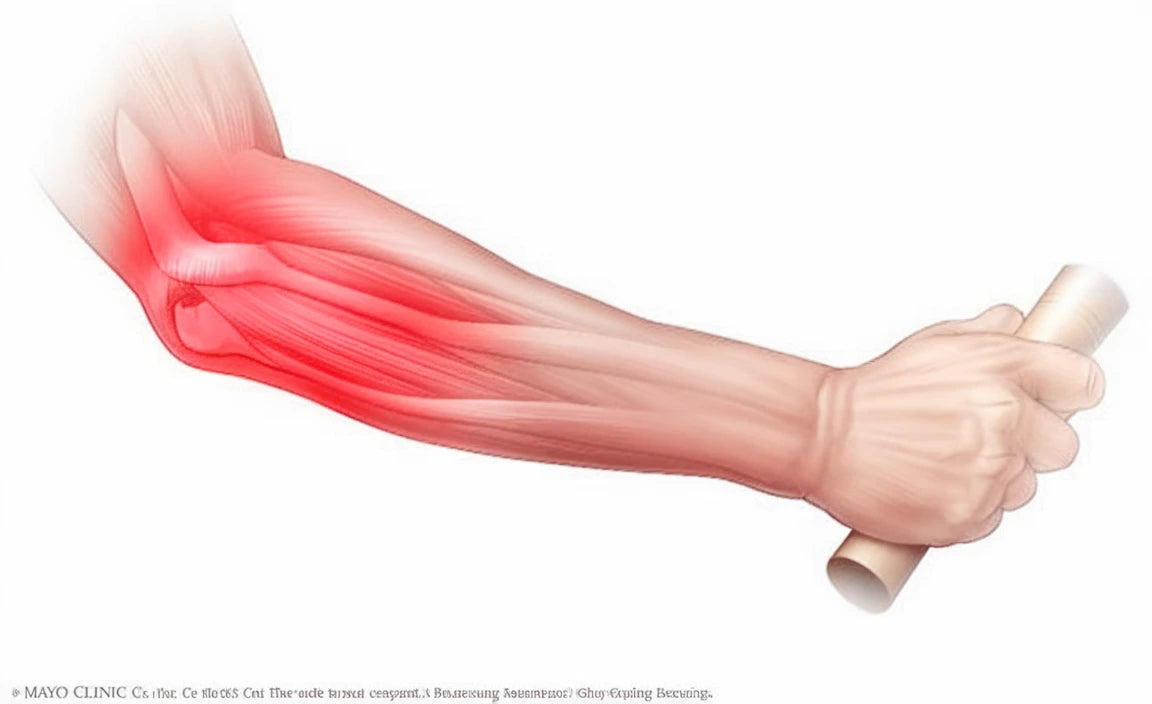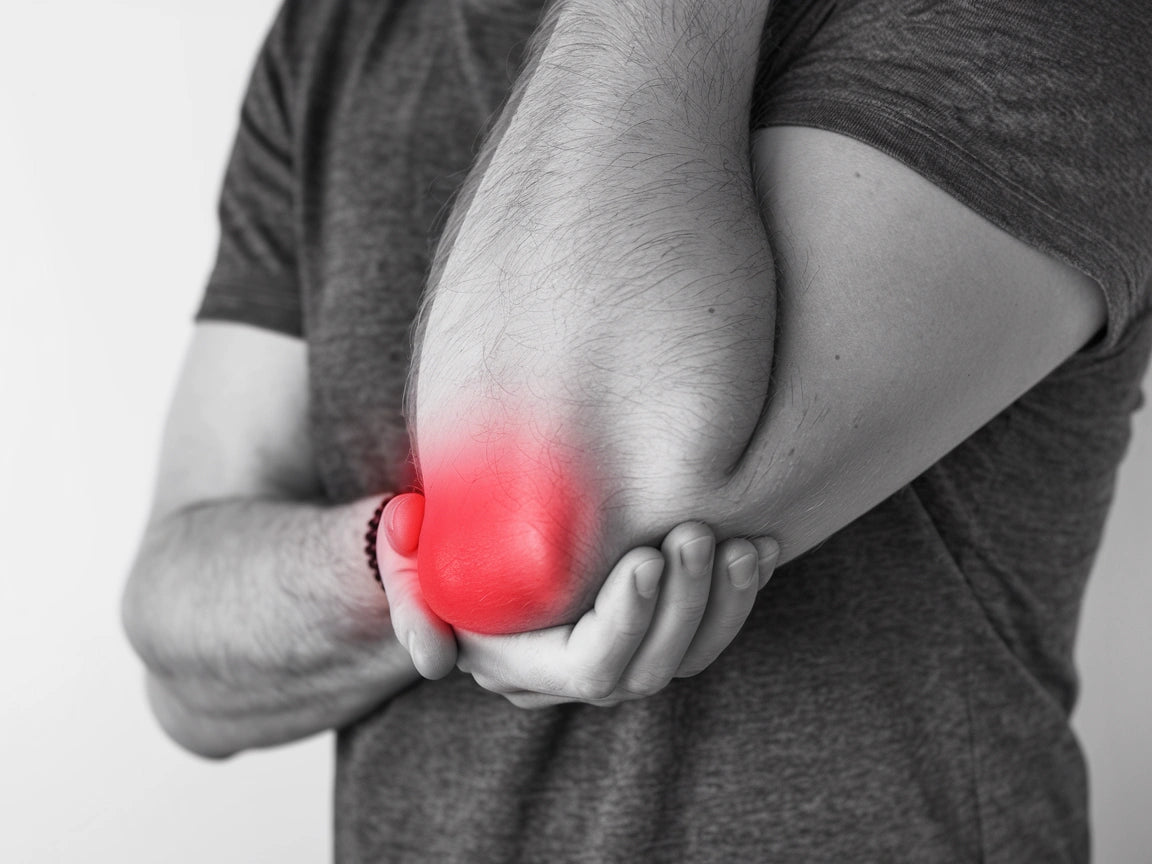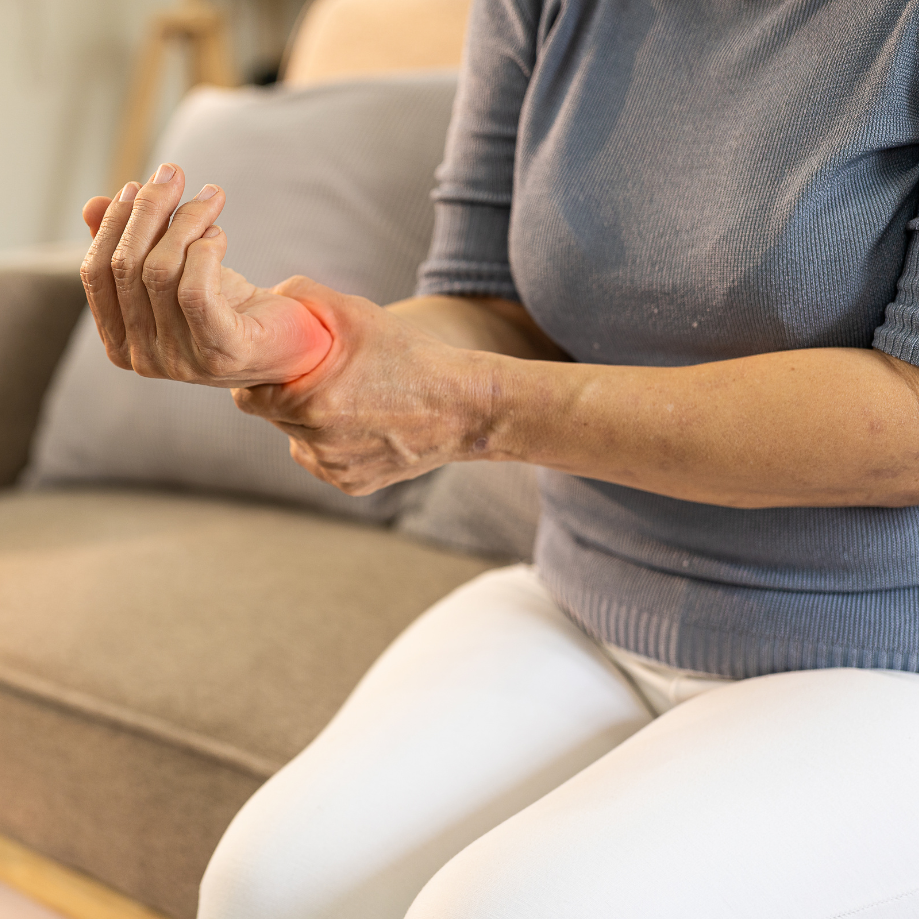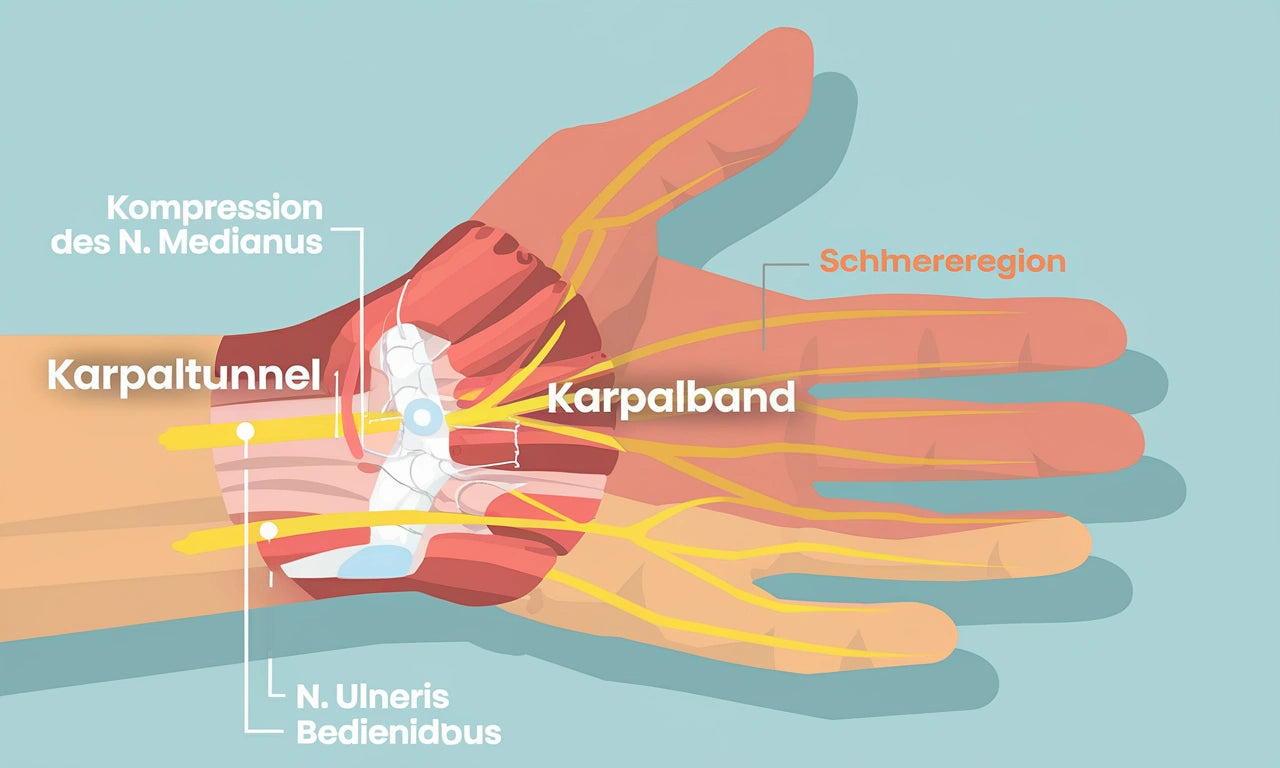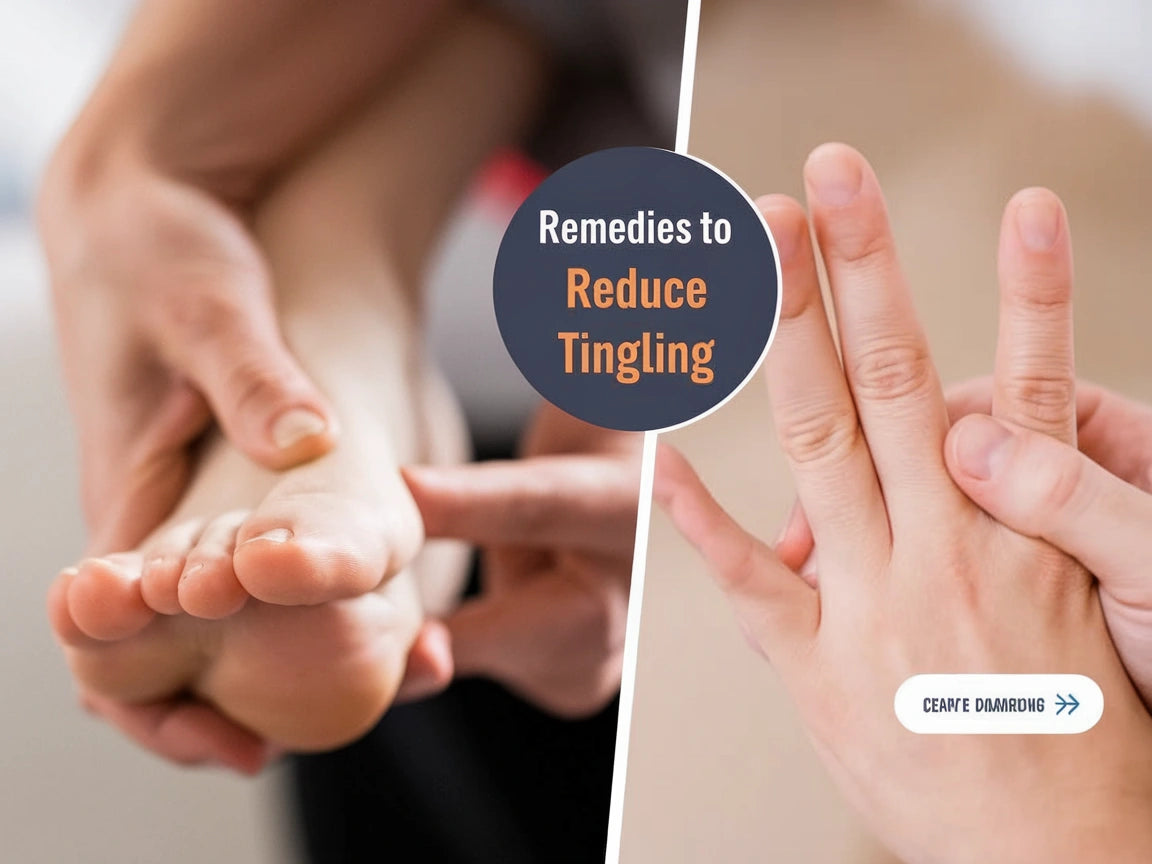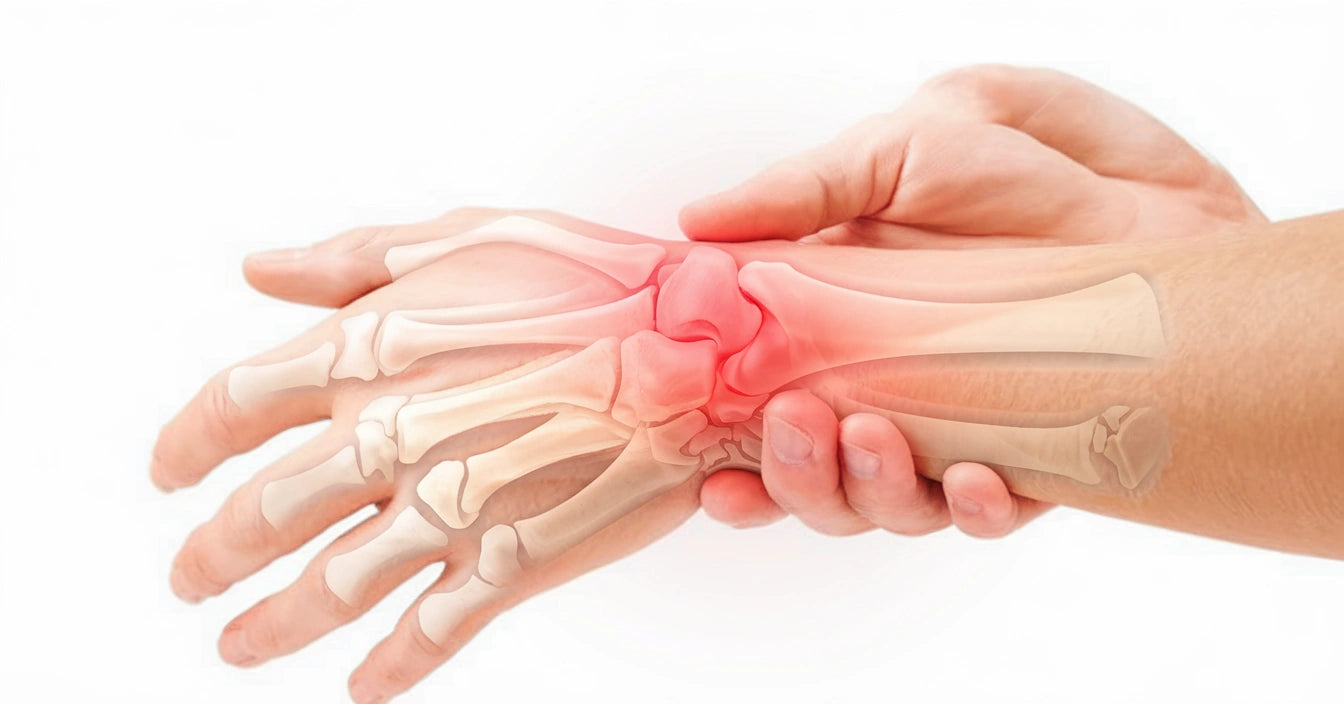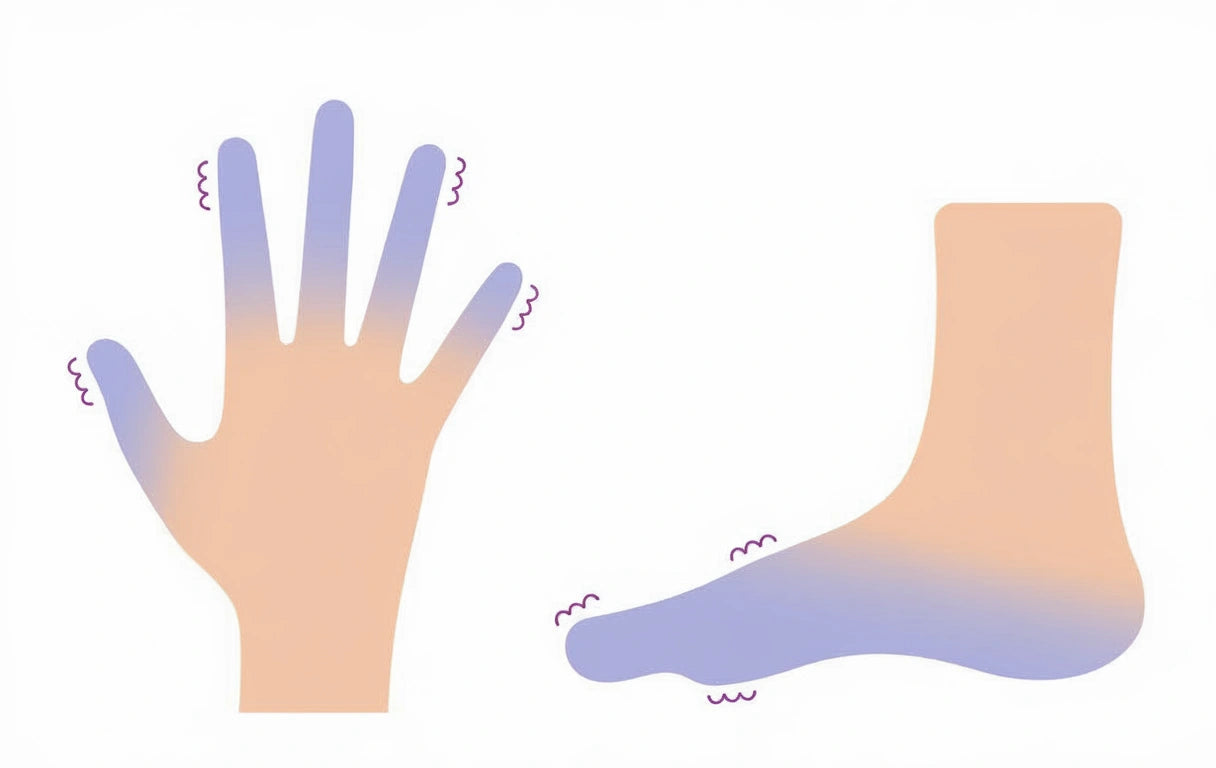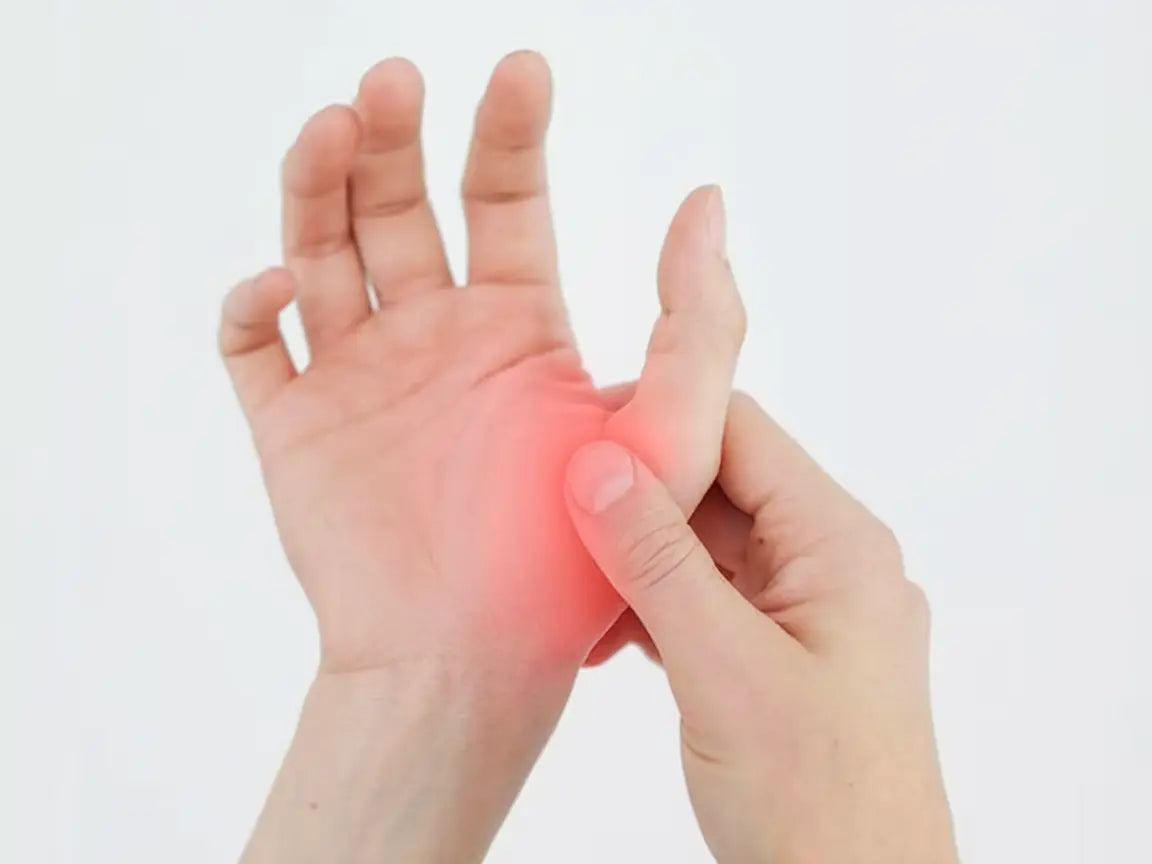Overuse Injuries: Your Guide to Your Body's Signals

Overuse injuries occur when body parts are subjected to repeated stress without adequate recovery. Unlike acute injuries, they develop gradually over time and can affect muscles, tendons, joints, and other tissues.
What is an overuse injury?
An overuse injury is a gradually developing condition that results from repetitive movements or static loading without sufficient rest. The injury most often affects tendons, muscles and joints and can be classified as:
- Acute stress injuries: Pain that comes on suddenly when the load is too high.
- Chronic overuse injuries: Develop slowly over weeks or months.
Understanding exactly what is happening in the body is the first step to effective treatment and prevention.
The knee joint is one of the most complex joints in the body and is subjected to great stress on a daily basis. Knee problems can affect people of all ages and arise for many different reasons.
Our feet support our entire body weight – so it’s no wonder that foot problems are common. From heel spurs and osteoarthritis to burning sensations and nerve damage – we explore the causes, symptoms and possible treatments. Find out what could be causing your foot symptoms.
Back pain affects the daily lives of millions of people. It can occur acutely or develop over time due to poor posture, injury or strain. Here you will find information about back problems – from herniated discs to sciatica and morning stiffness.
The neck is a sensitive and important part of the body that is easily affected by tension, overuse or injury. Common problems include neck stiffness, whiplash and pinched nerves. We guide you through common symptoms and what you can do about them.
The shoulder joint is one of the most mobile joints in the body – but also one of the most vulnerable. Shoulder pain can be caused by inflammation, overuse or wear and tear. Learn more about different shoulder problems and how you can relieve your symptoms.
Elbow pain can come on gradually or suddenly – especially with repetitive movements or strain. Tennis elbow, mouse elbow and inflammation are common causes. In our guides you will learn more about diagnosis and treatment.
Your hands are used all the time, so when pain or numbness occurs, it can be very limiting. Whether it's carpal tunnel syndrome, rheumatism or tingling in your fingers, we'll help you understand the causes and possible solutions.
Frequently Asked Questions (FAQ)
How do I know if I have an overuse injury or an acute injury?
Overuse injuries develop gradually over time and the pain usually increases gradually. Acute injuries occur suddenly, often with a specific trauma as the trigger.
Do I have to stop exercising completely if I have an overuse injury?
Not necessarily. "Relative rest" is often recommended, where you avoid activities that provoke the pain but continue with alternative exercises that do not put strain on the injured body part.
Can overuse injuries become chronic?
Yes, if not treated properly, overuse injuries can turn into chronic conditions that become more difficult to treat.
When should I seek treatment for my pain?
Seek medical attention if the pain does not improve after a few days of rest, if the pain is intense, if you have swelling or inflammation that does not go down, or if the pain affects your daily functioning.
Can dietary factors influence the risk of overuse injuries?
Yes, nutritional deficiencies can impair tissue recovery. Of particular importance are protein for tissue repair, calcium and vitamin D for bone health, and anti-inflammatory nutrients like omega-3.
Is stretching good for preventing overuse injuries?
Research shows mixed results, but balanced mobility is important. Too much or too little mobility can both be risk factors. Dynamic warm-ups before activity and static stretching after activity are often recommended.


